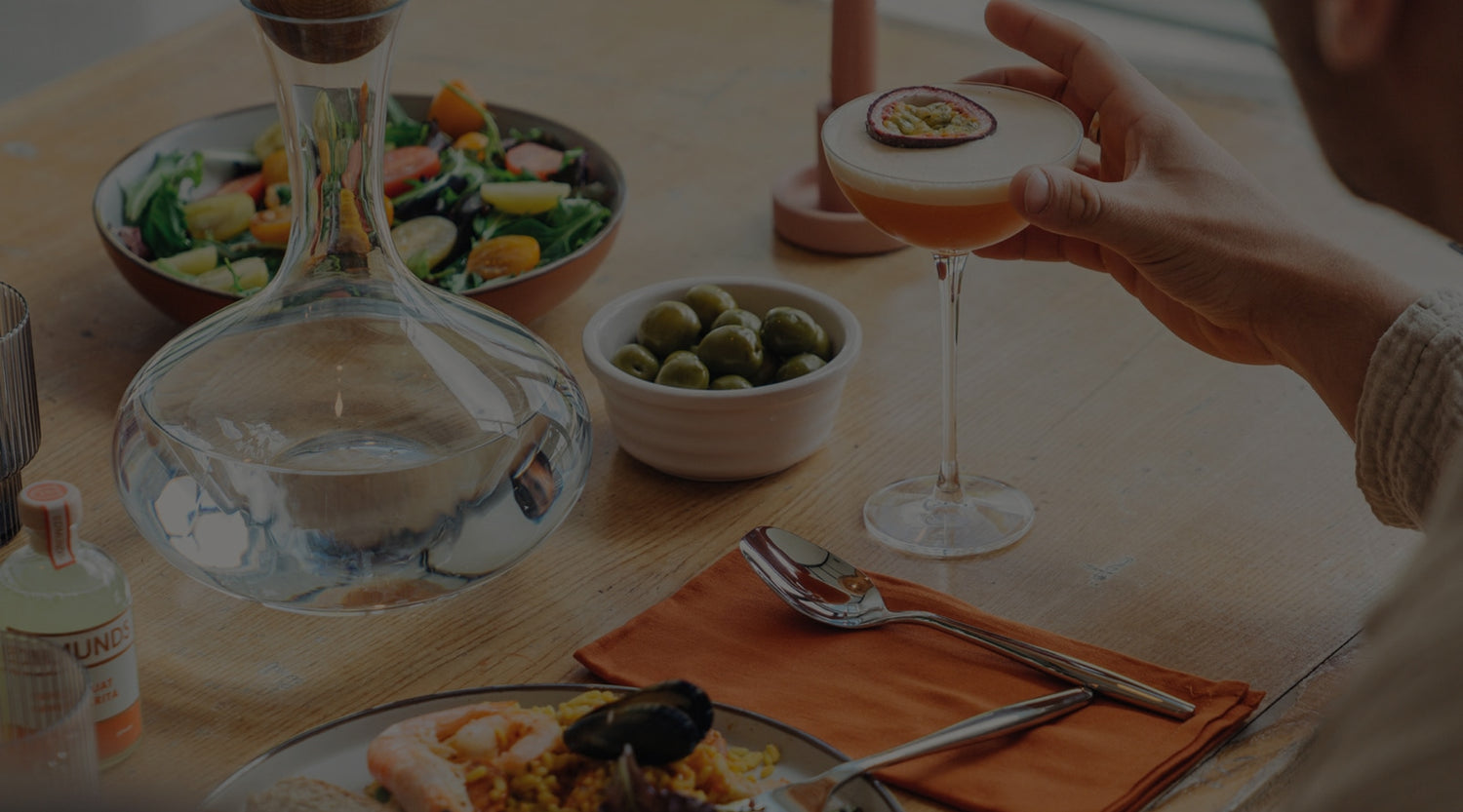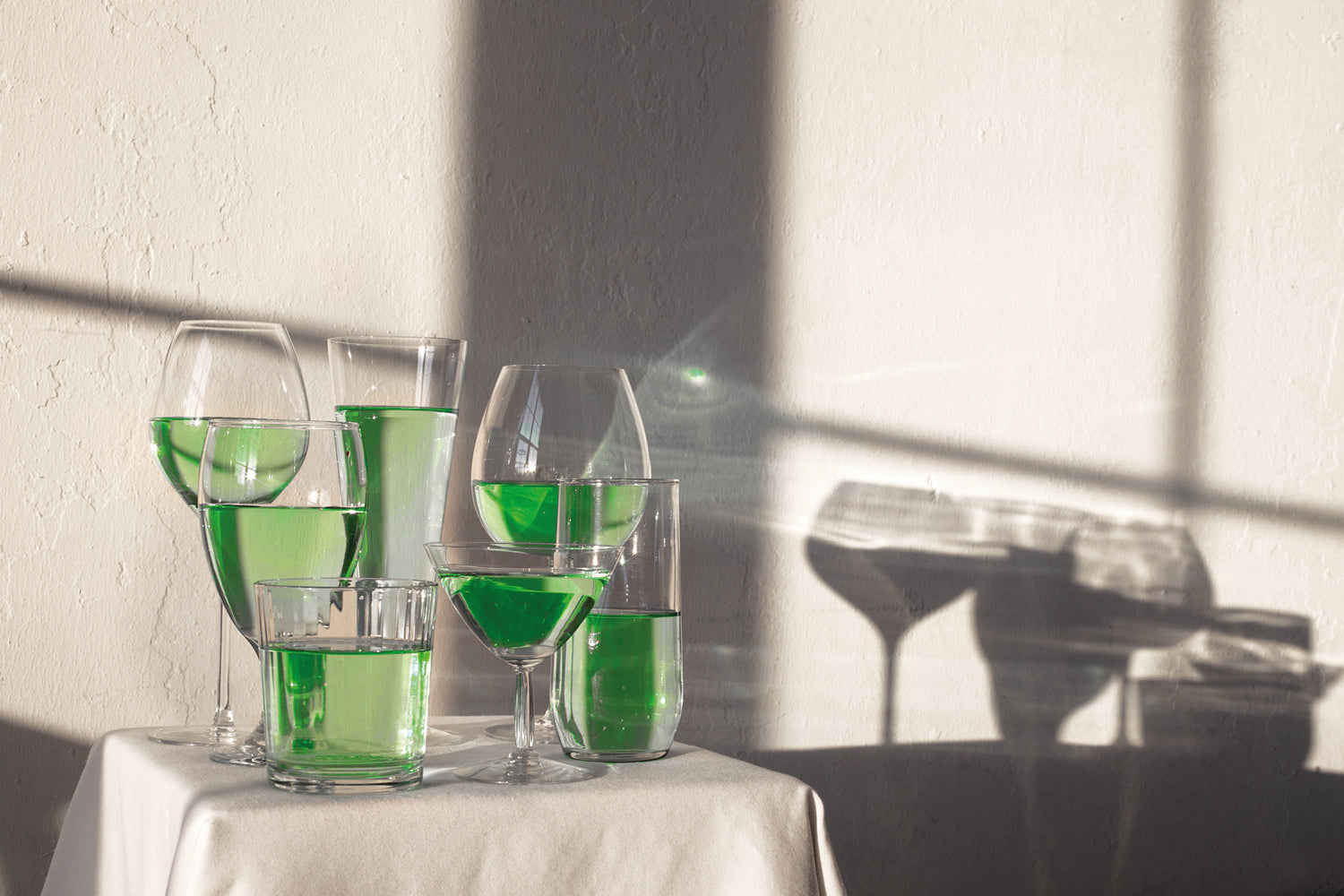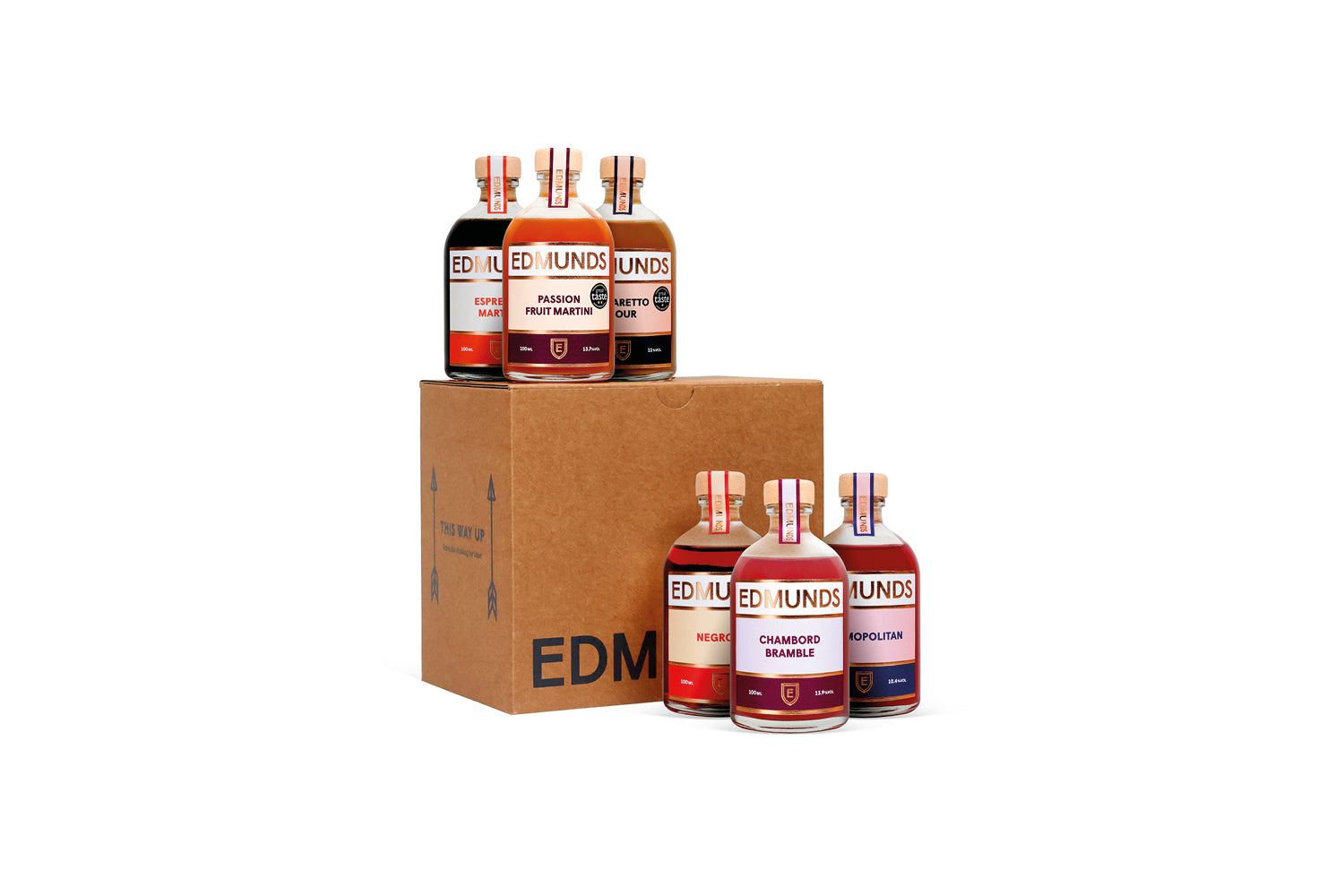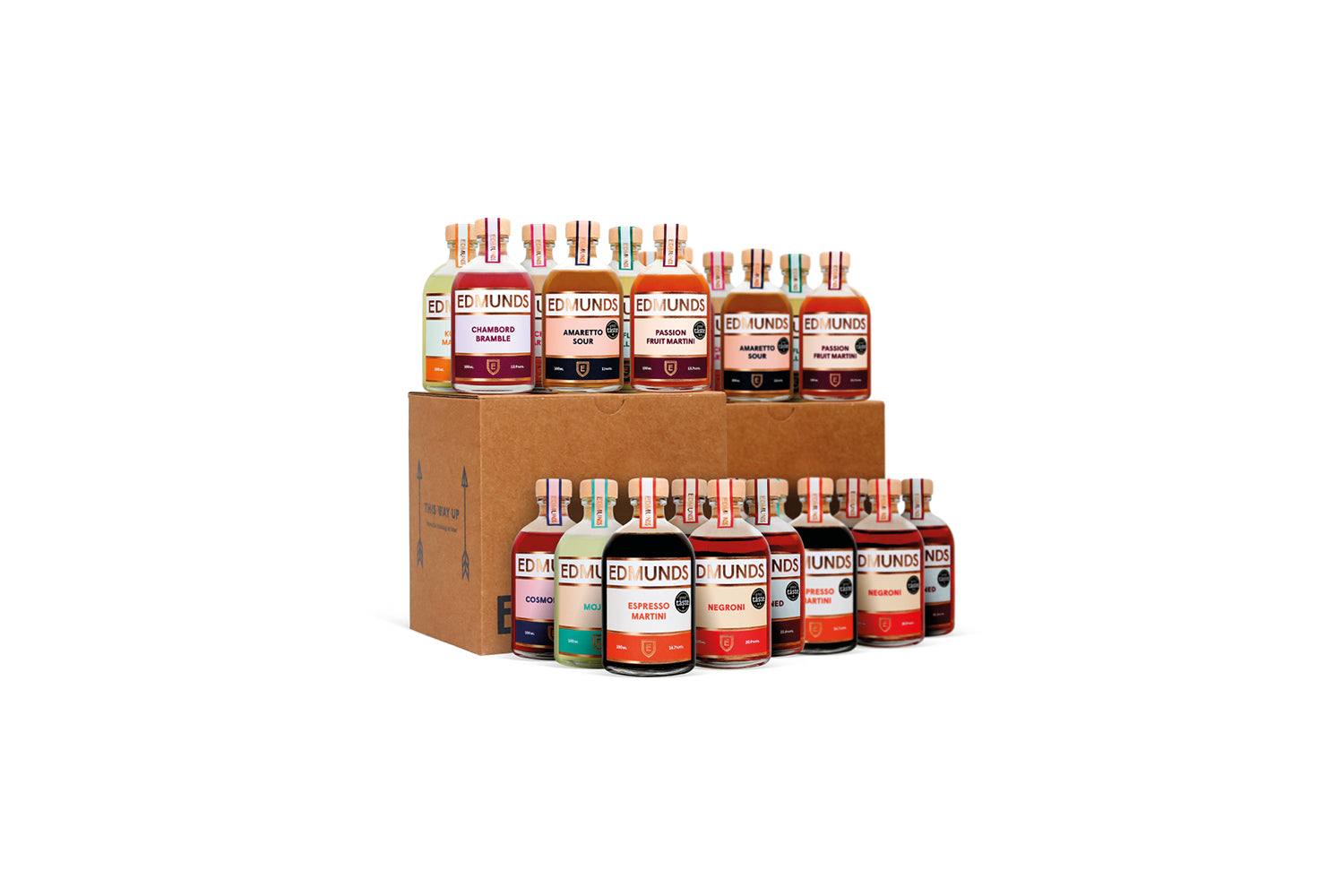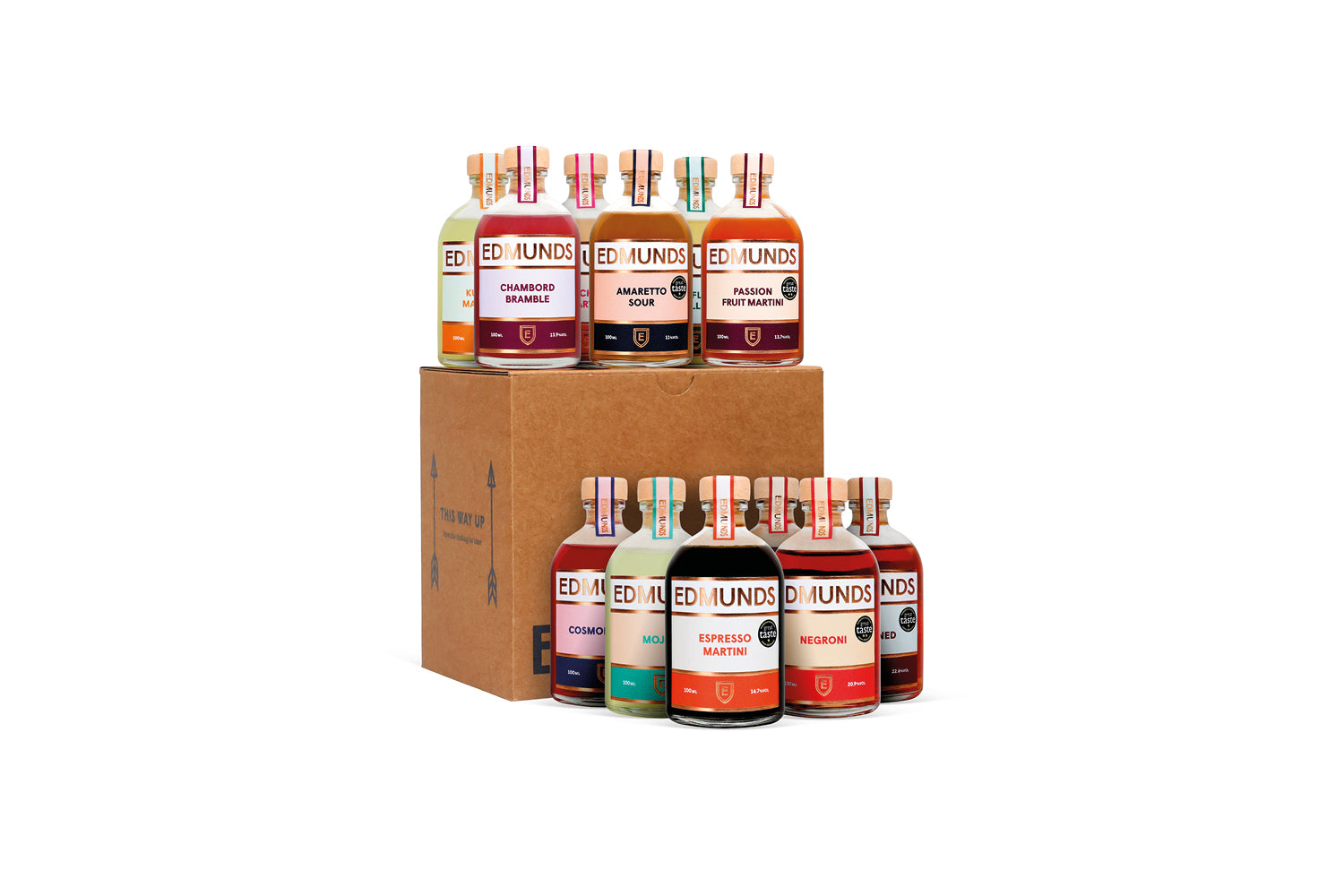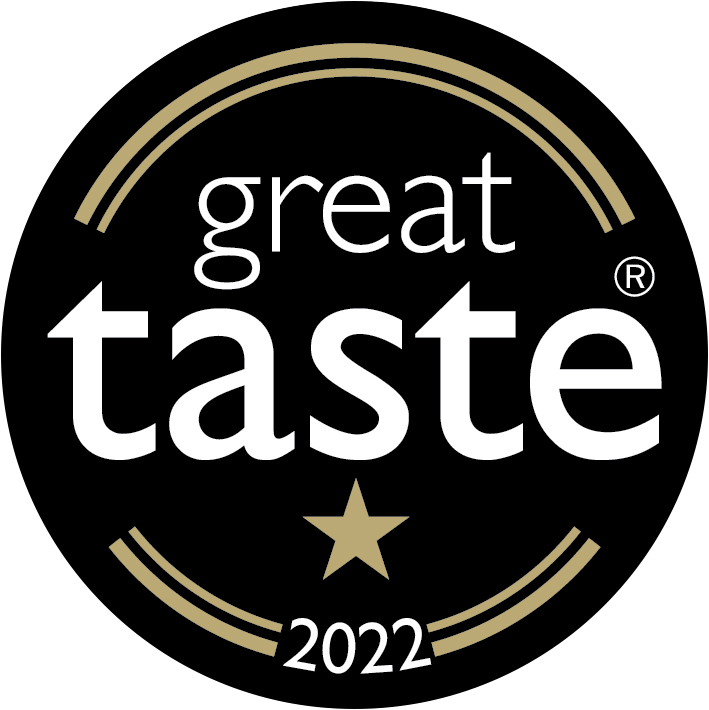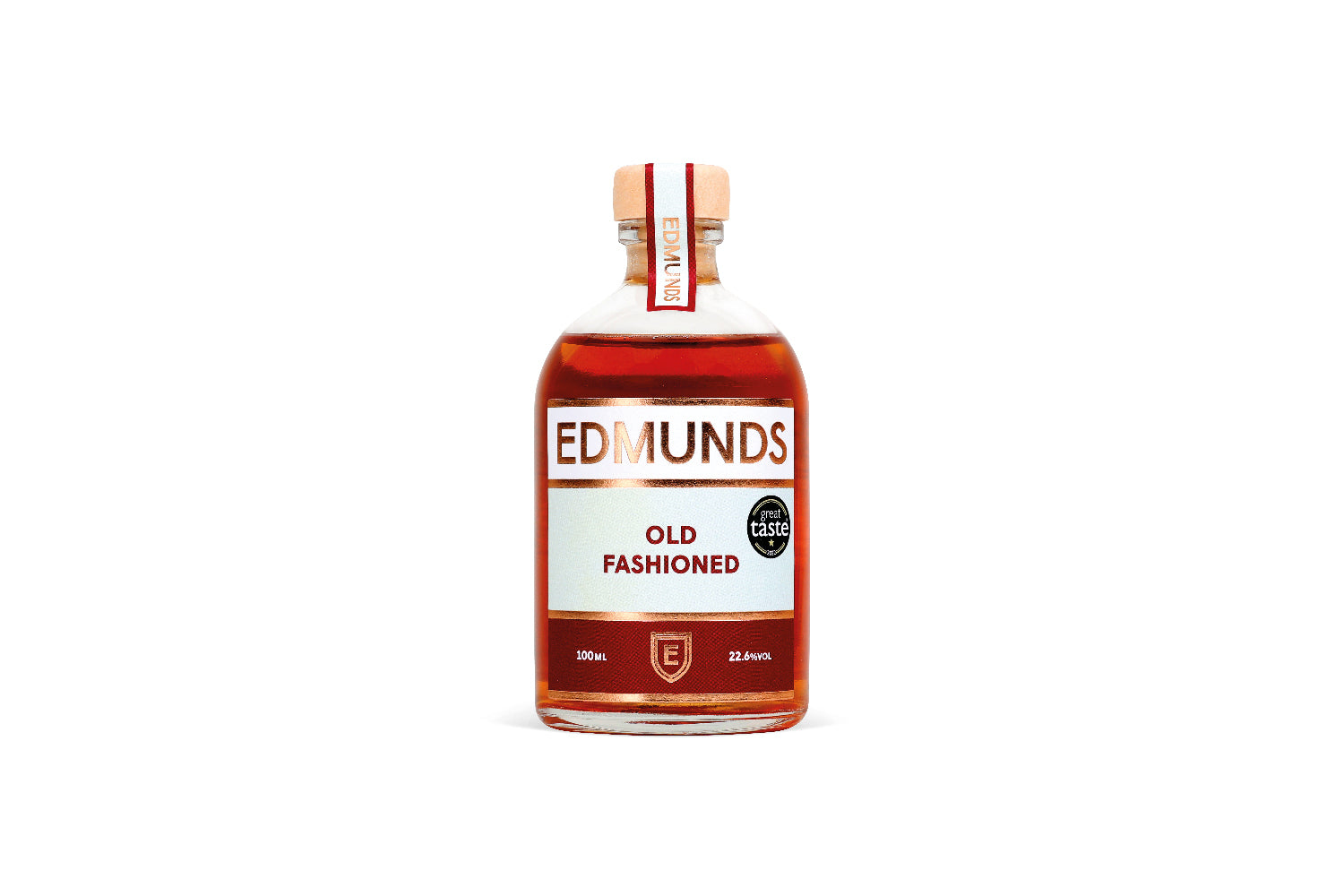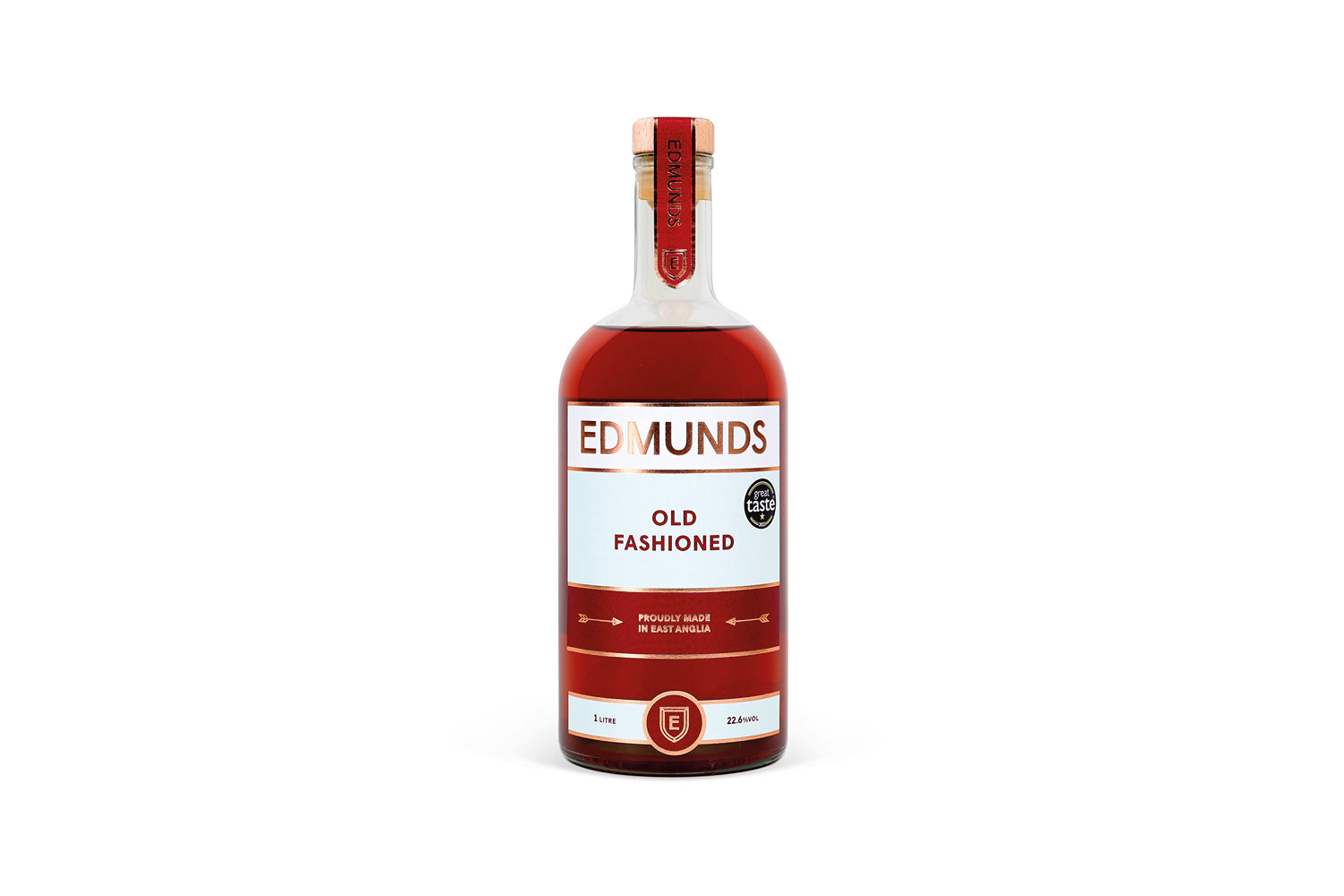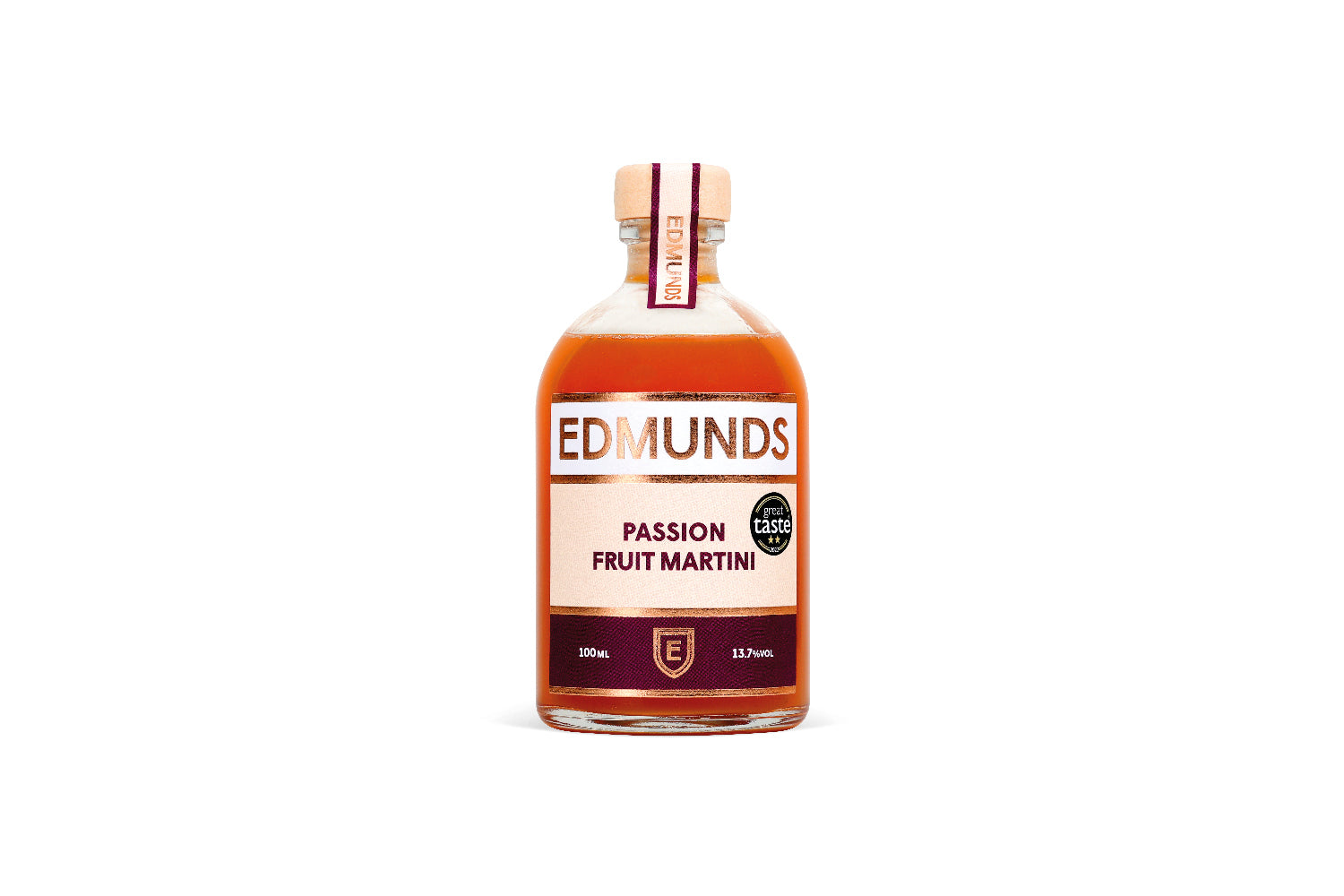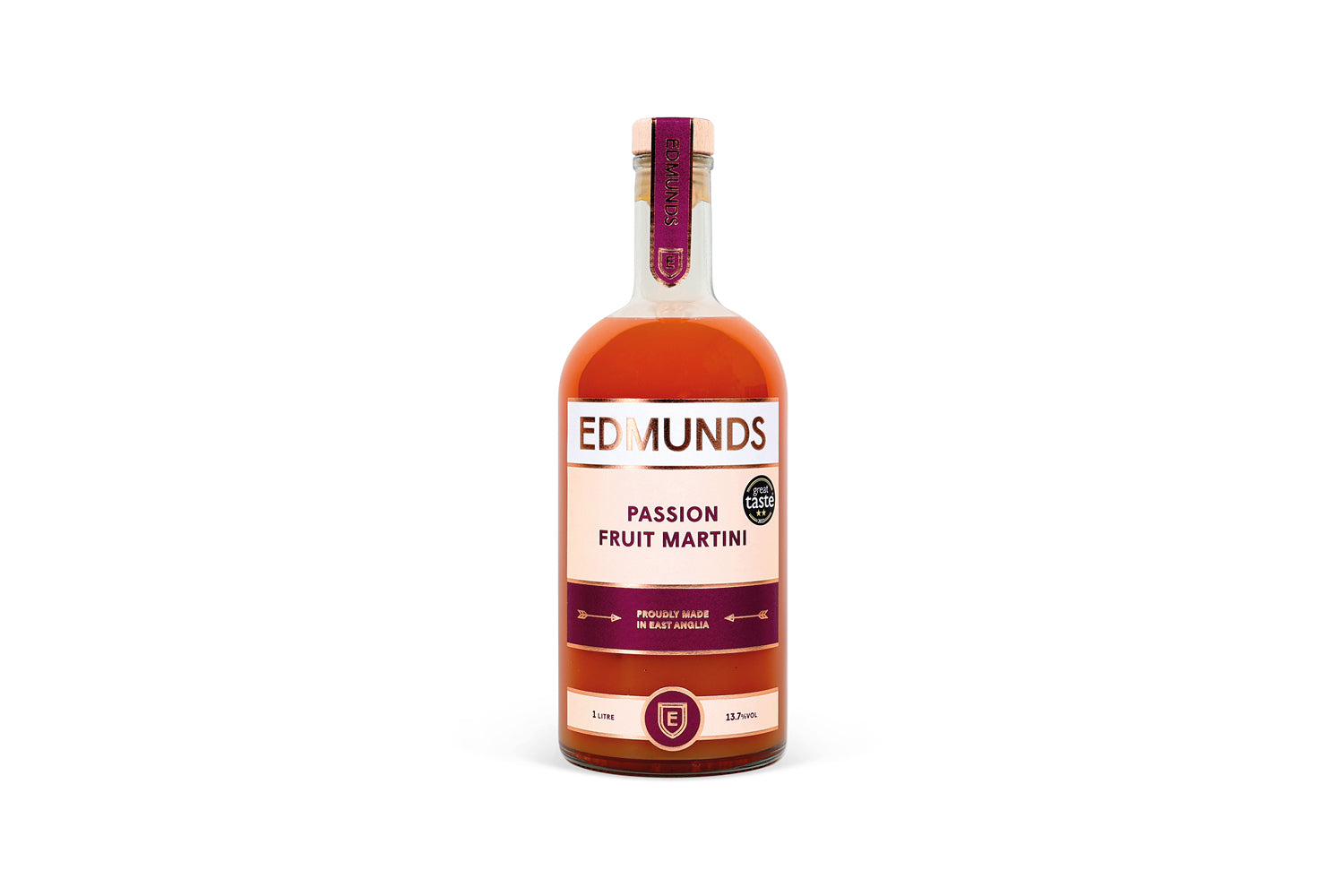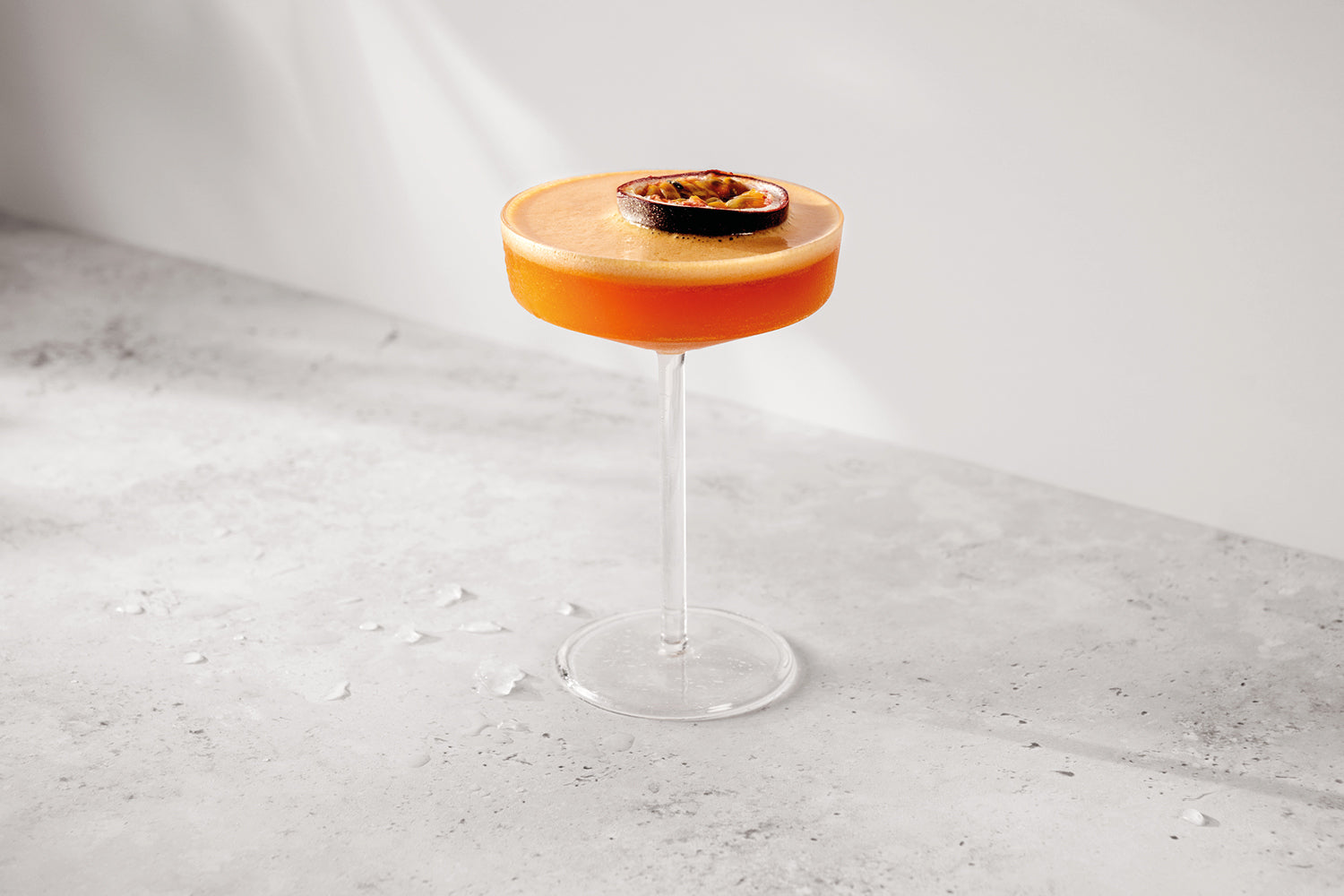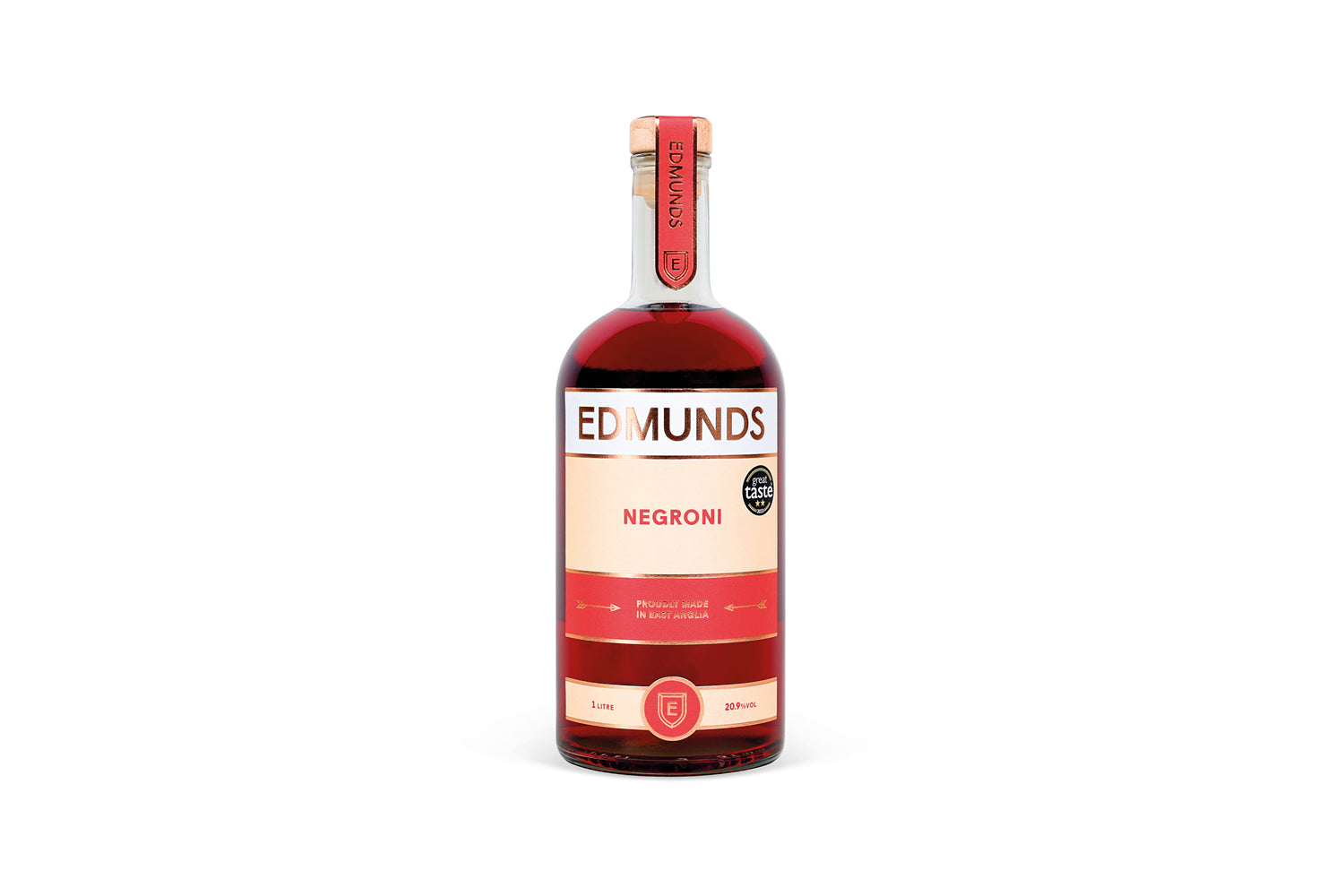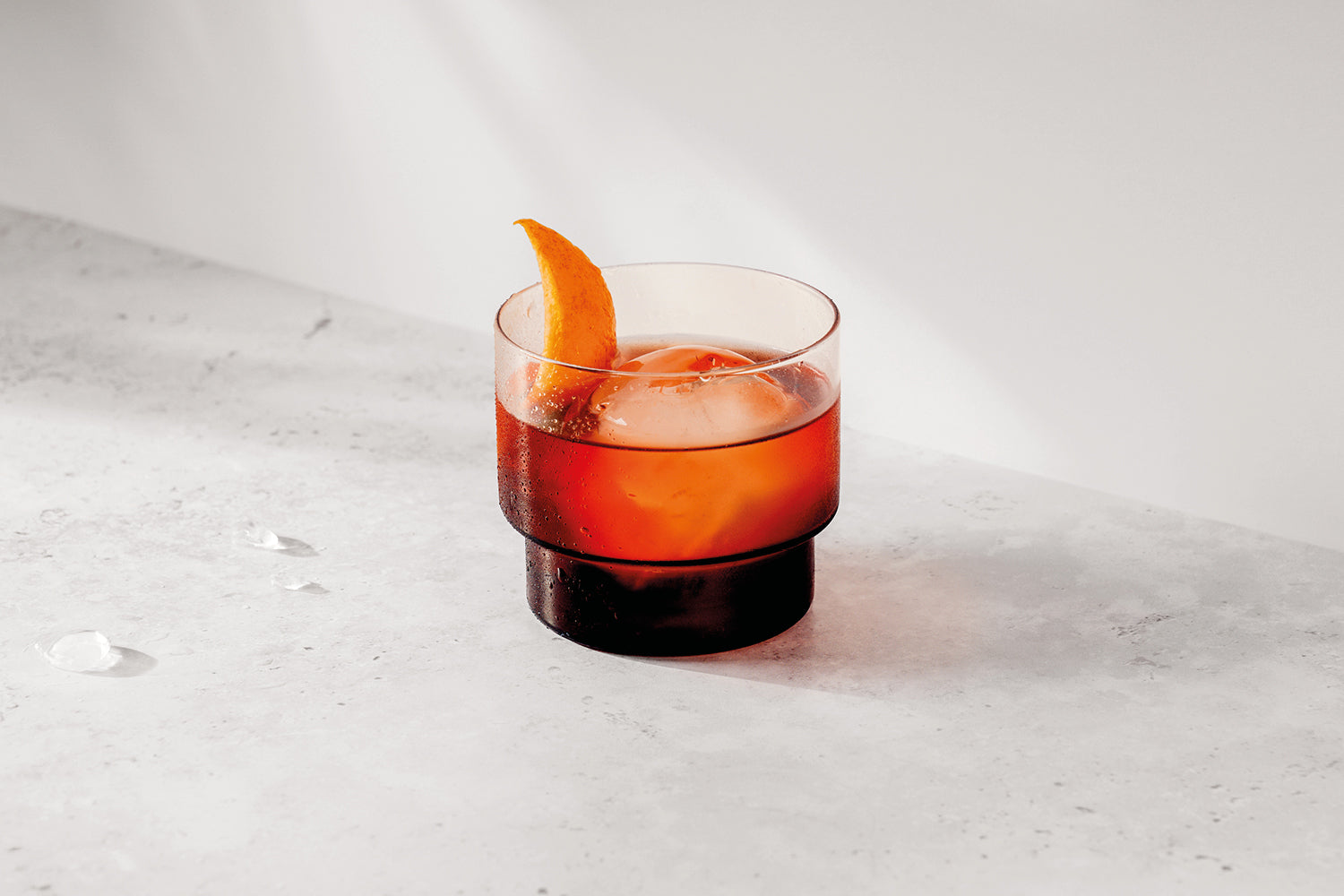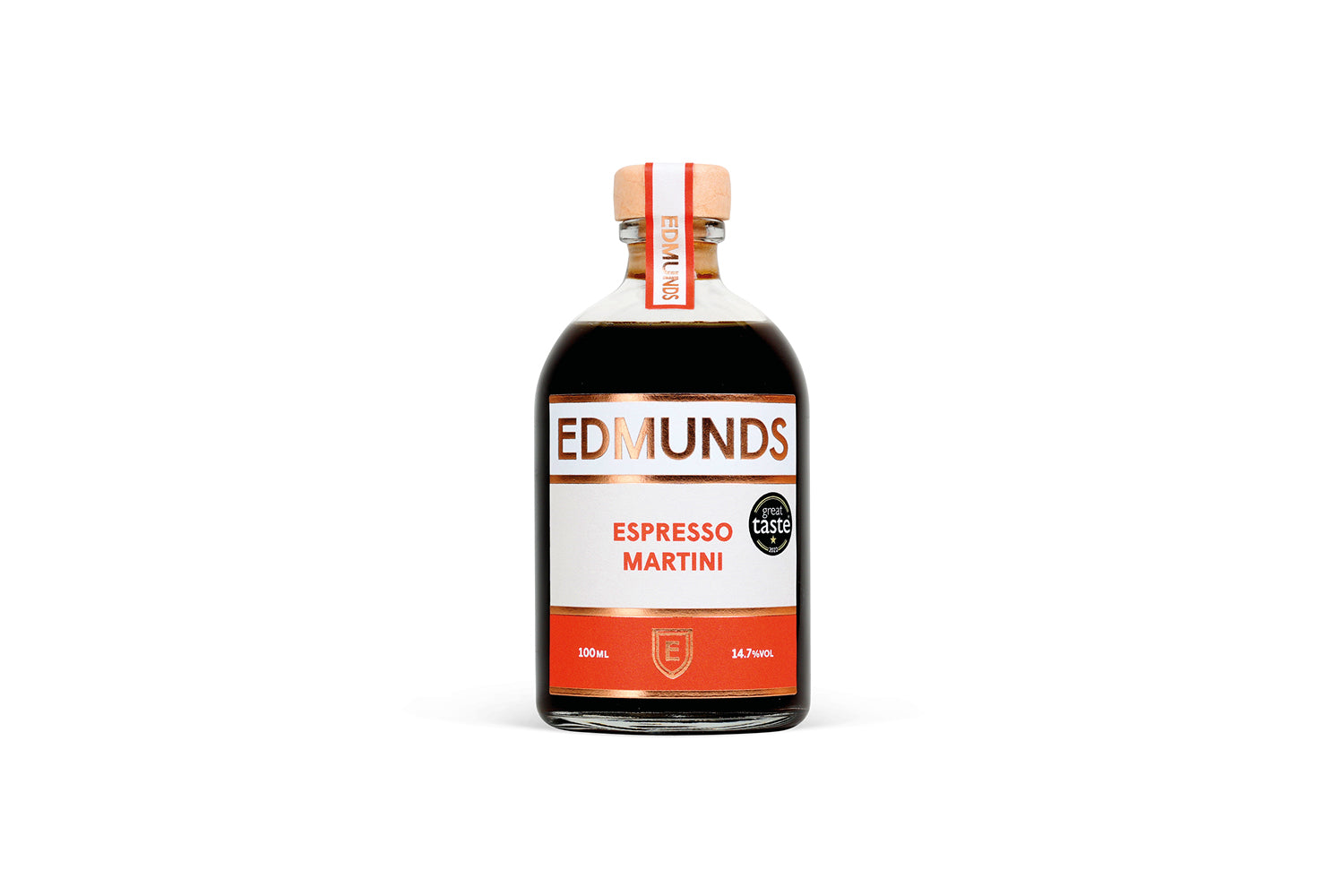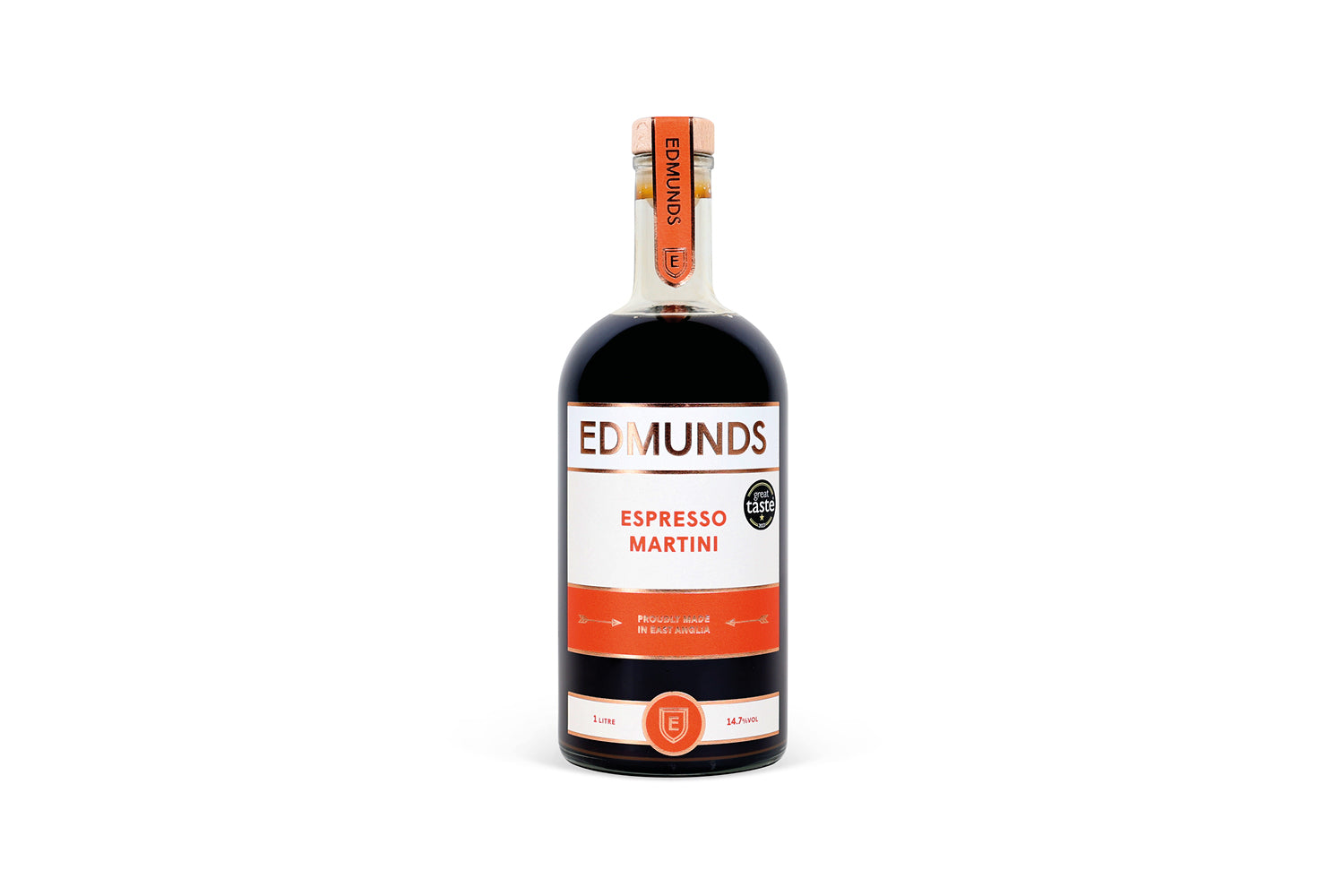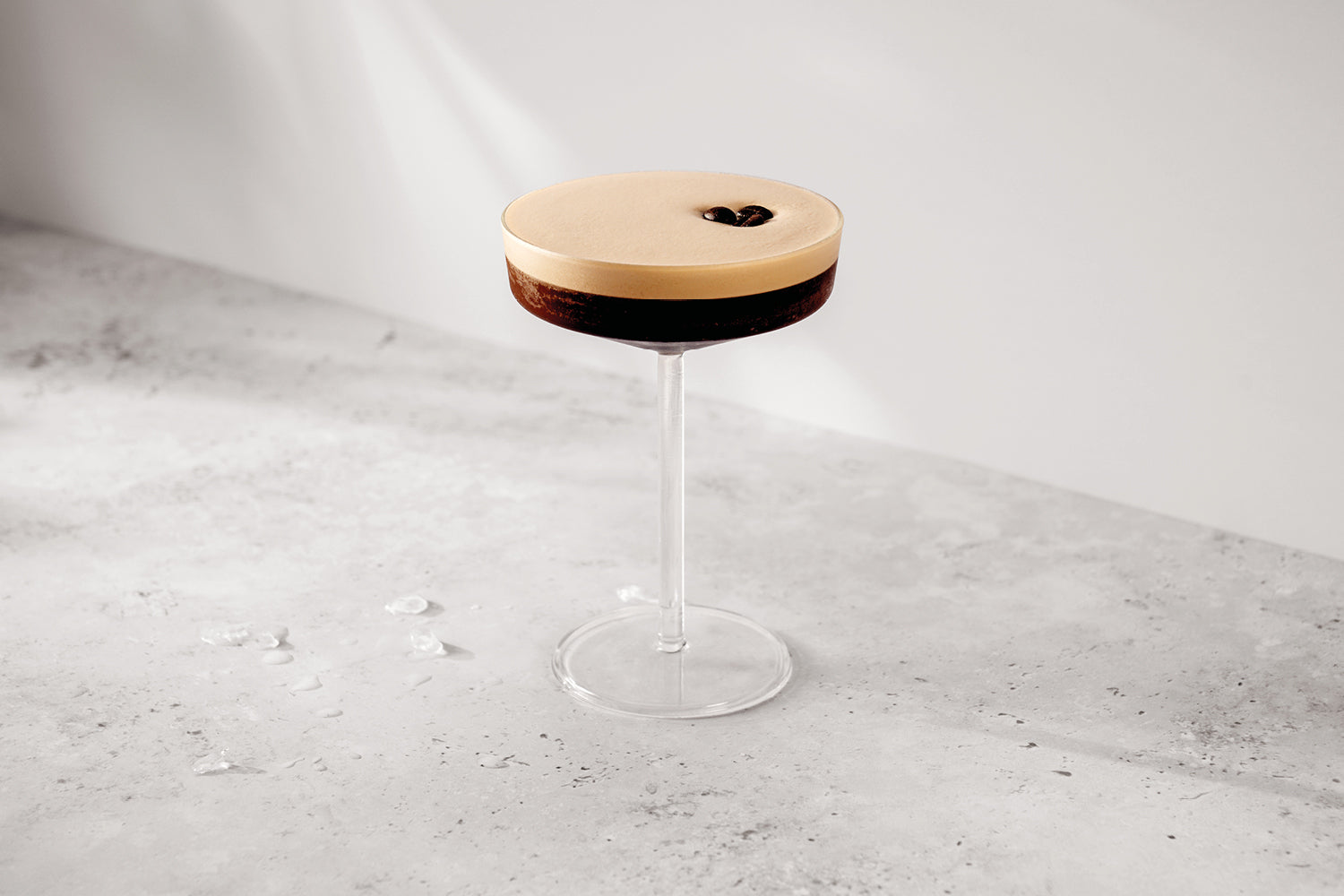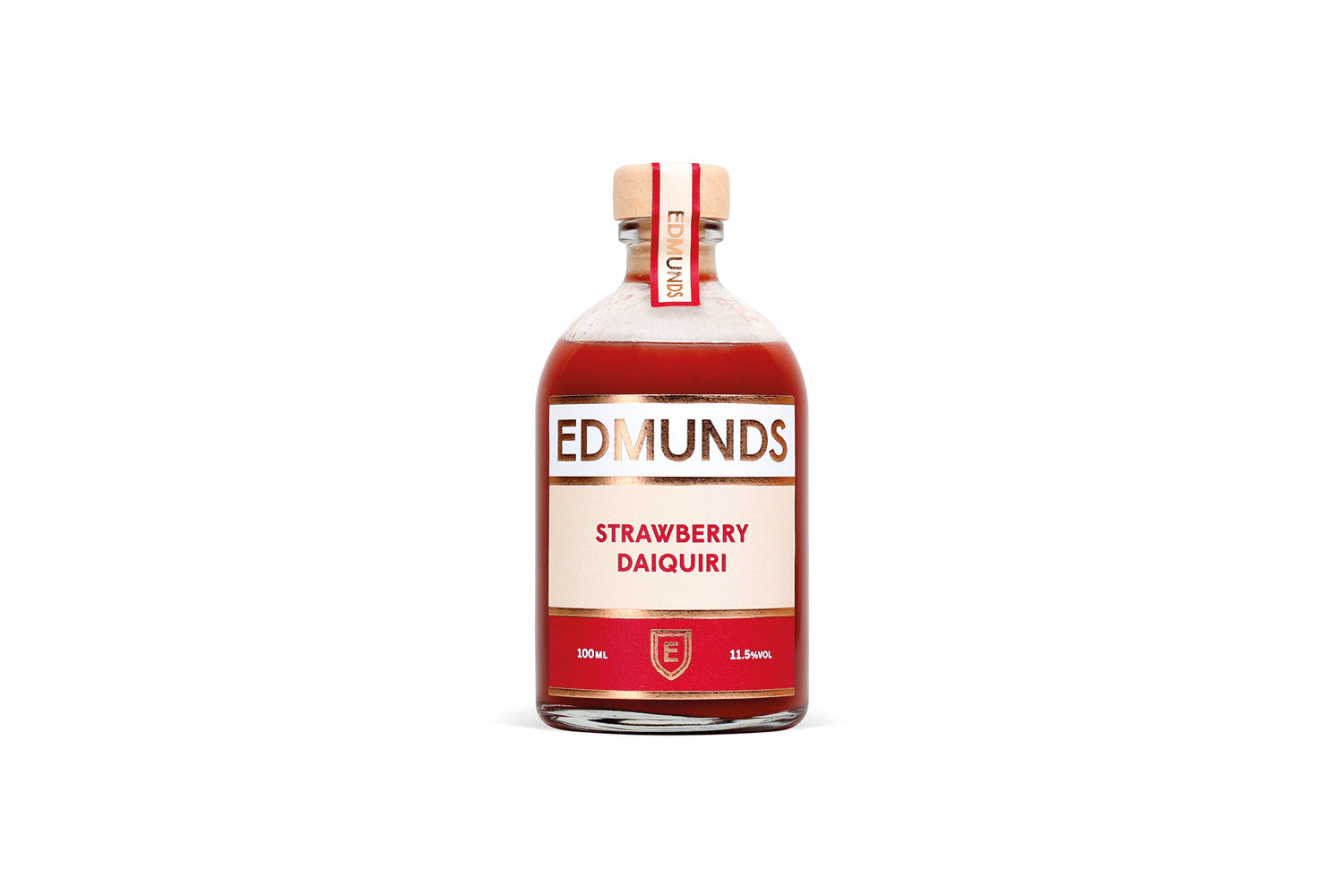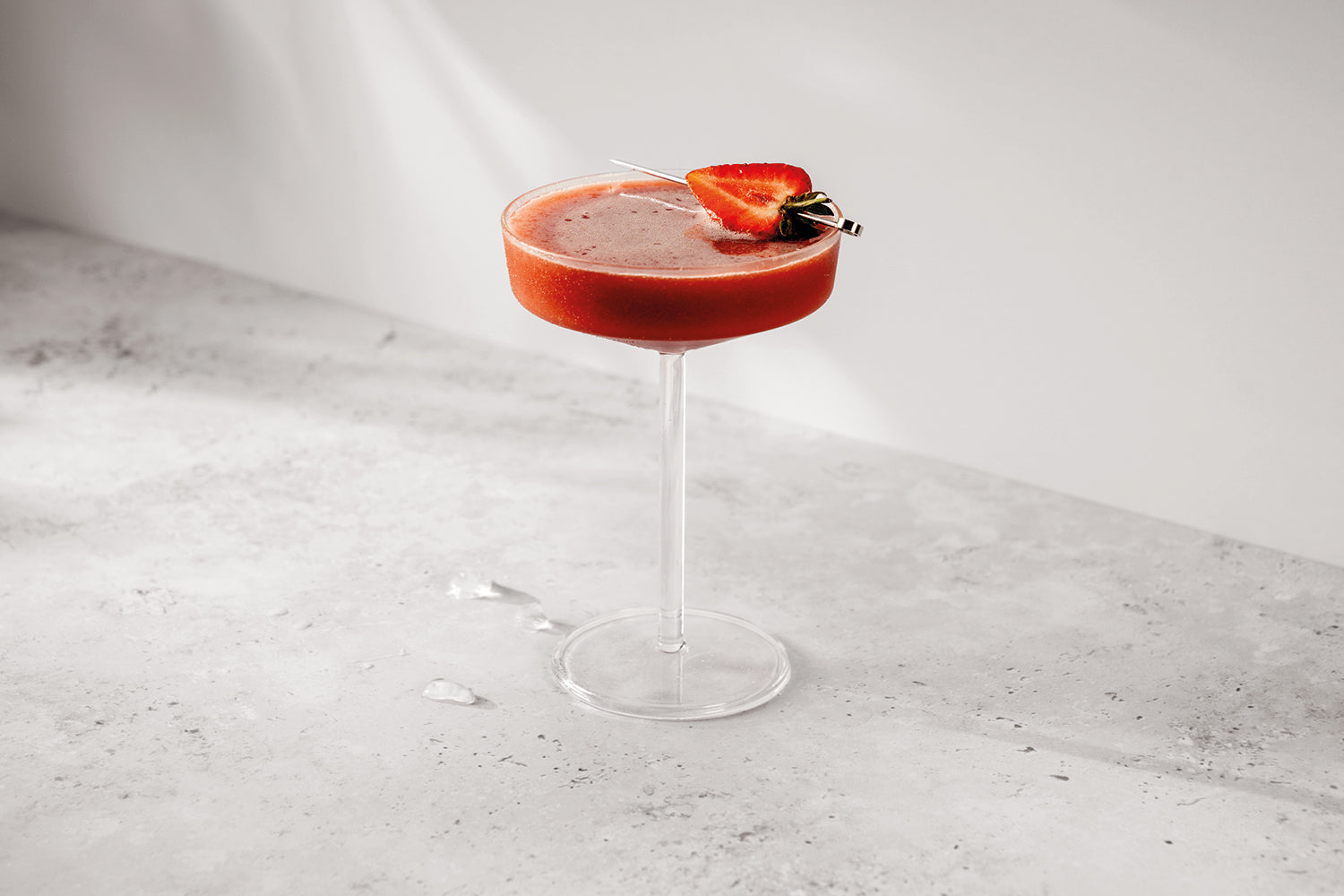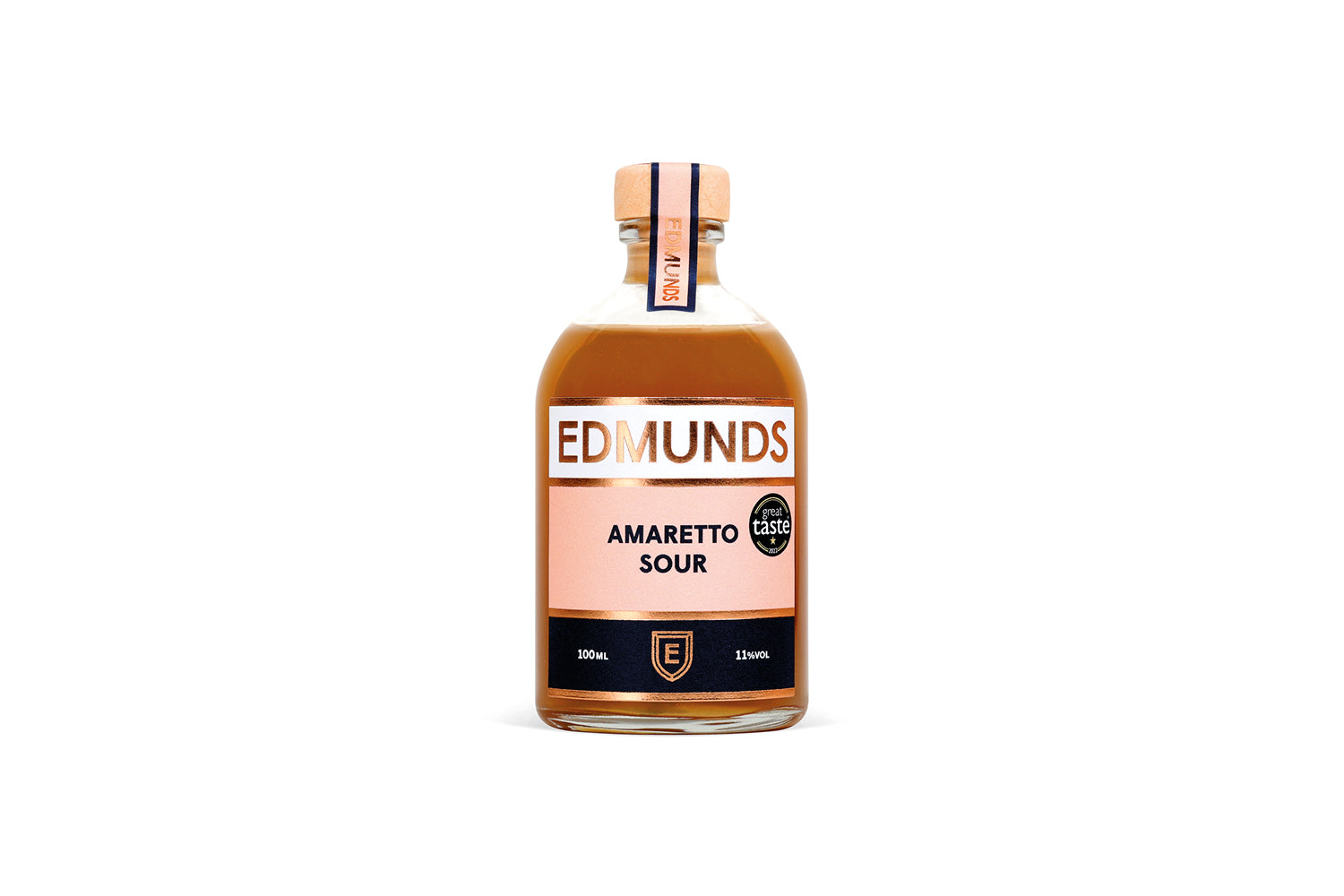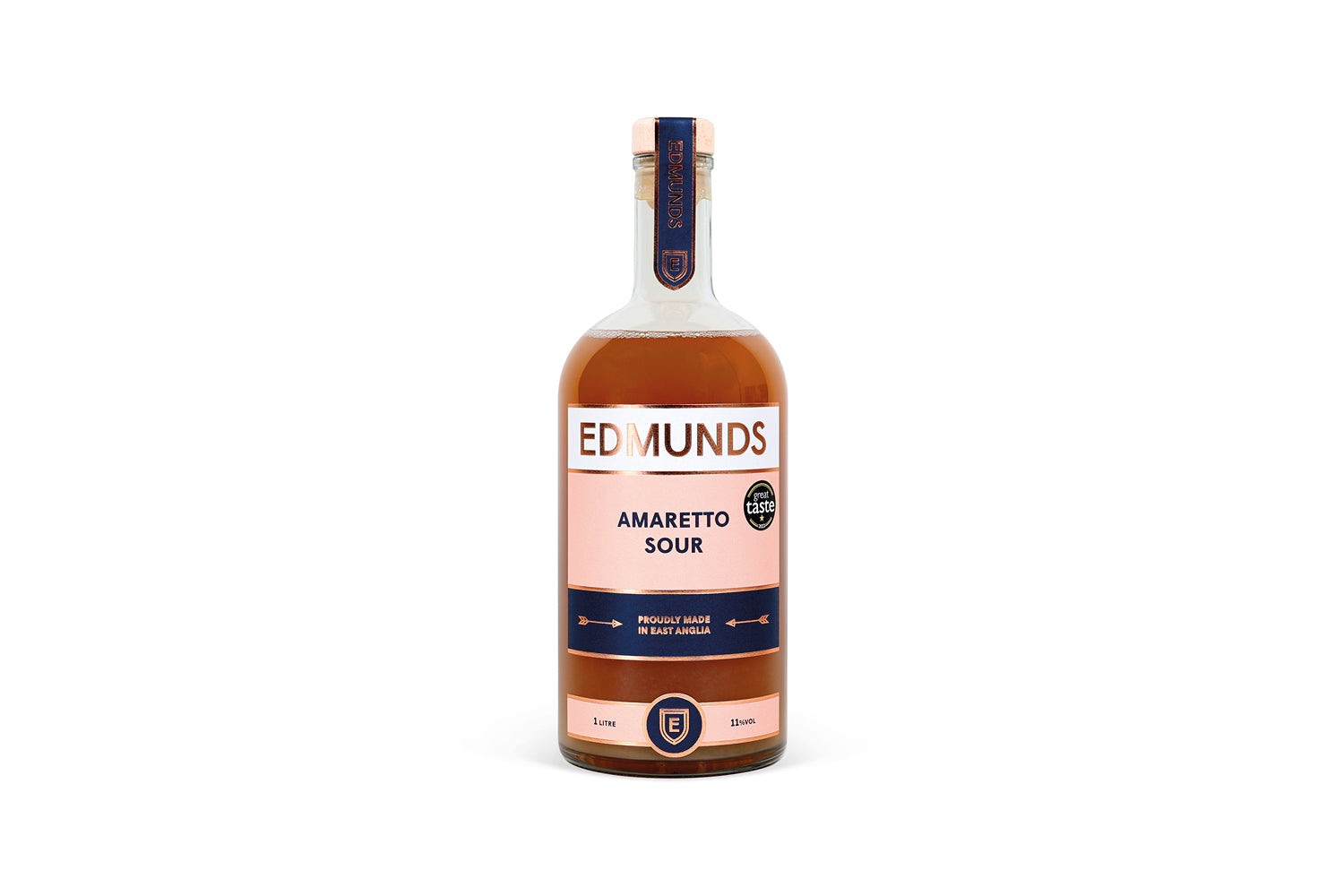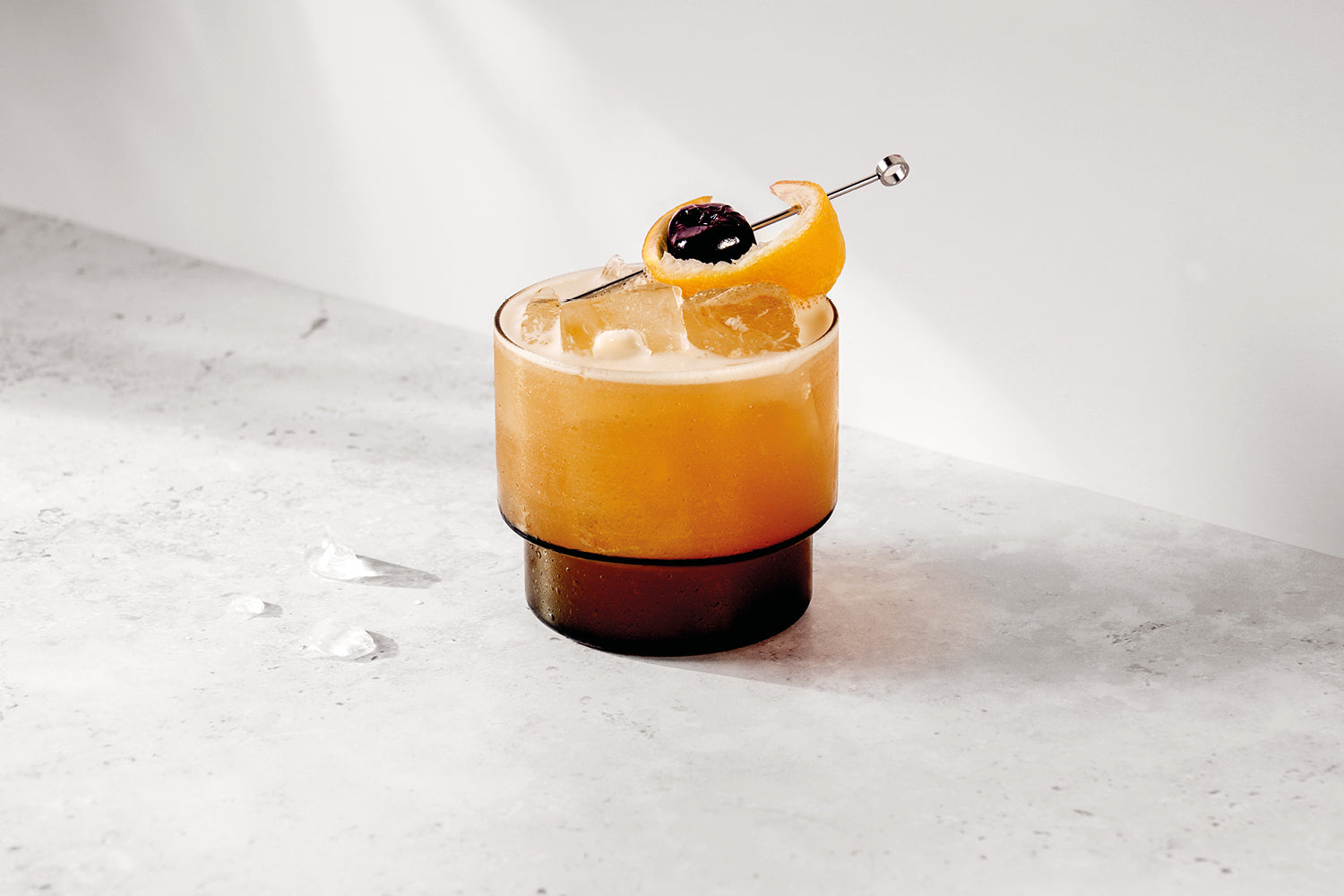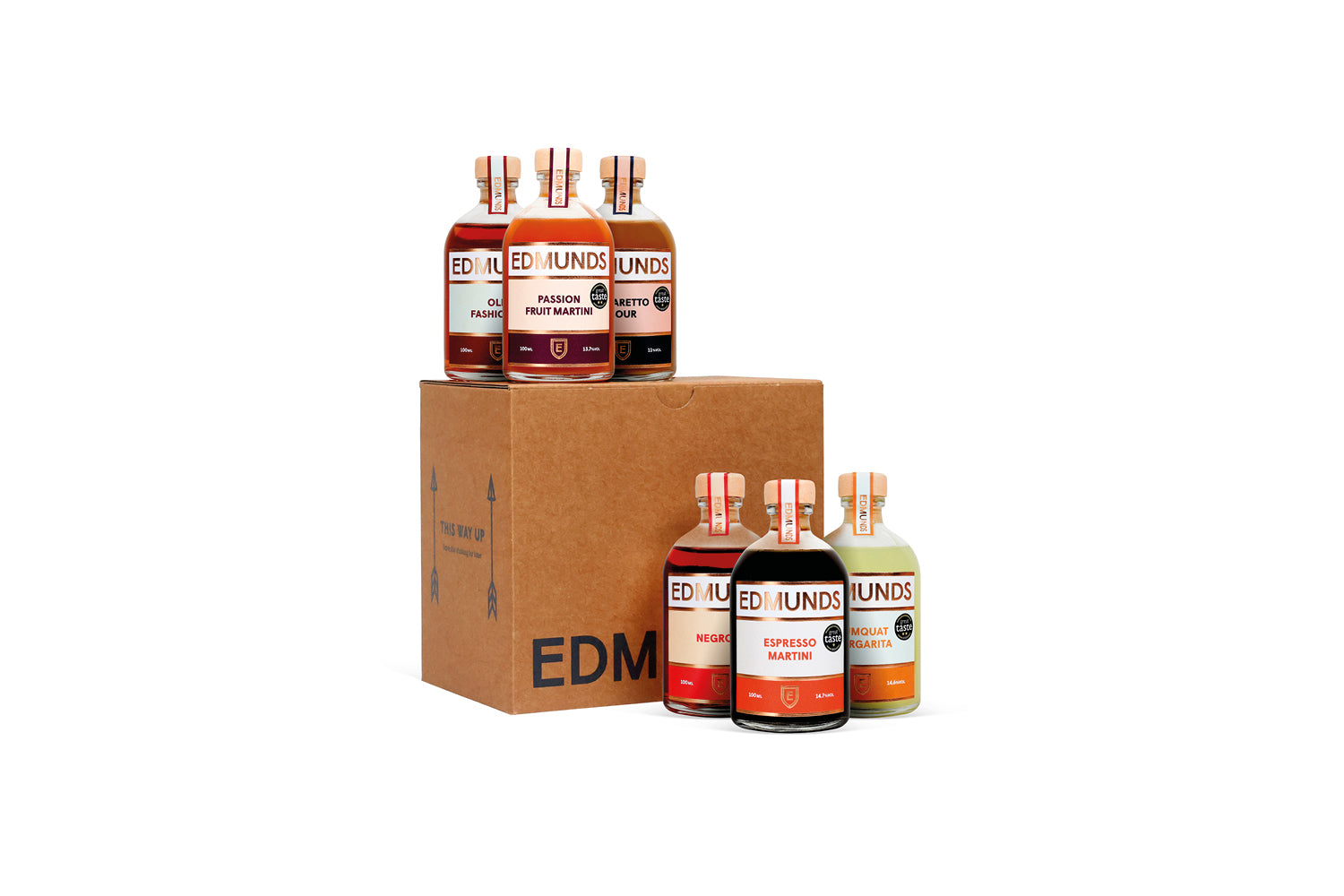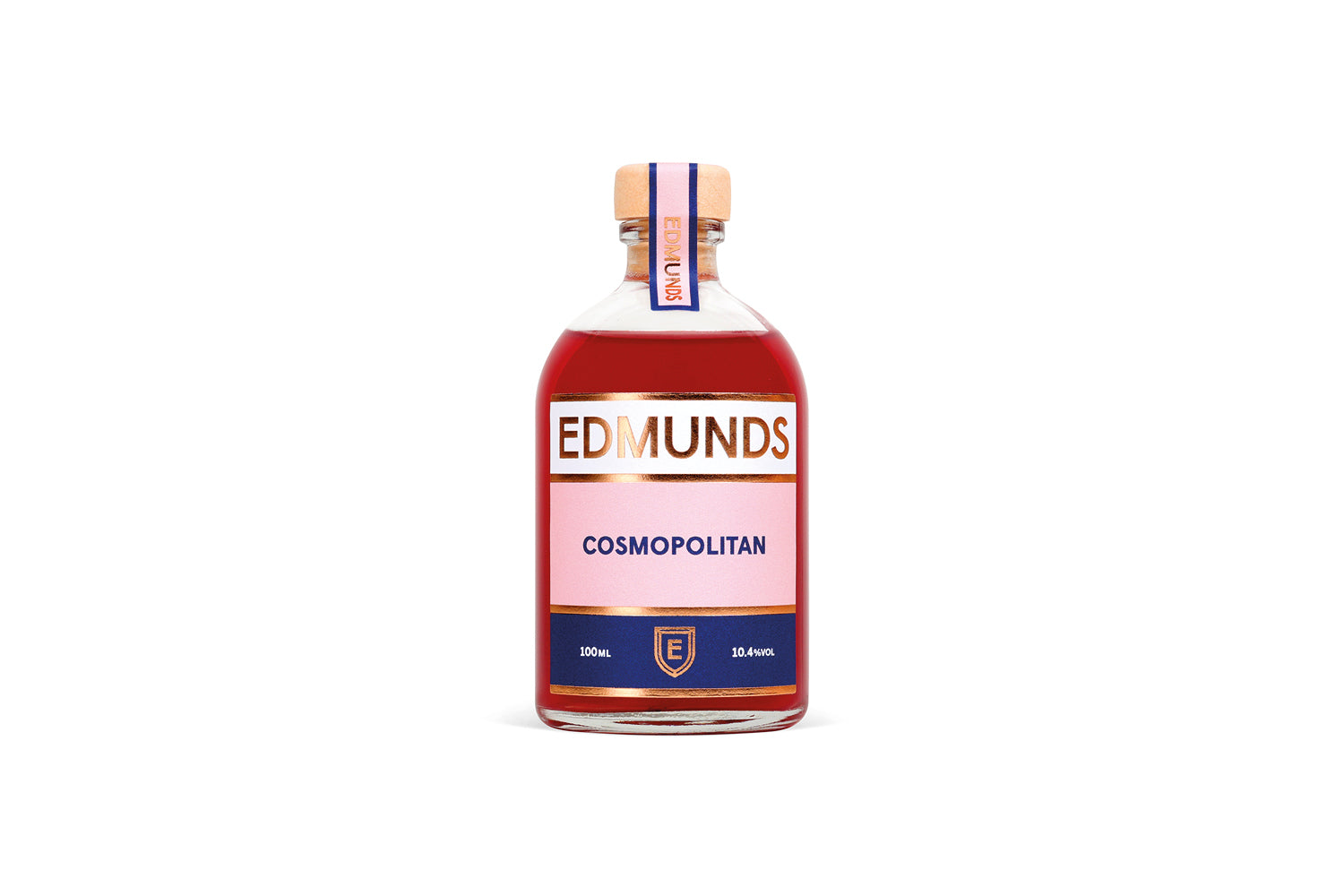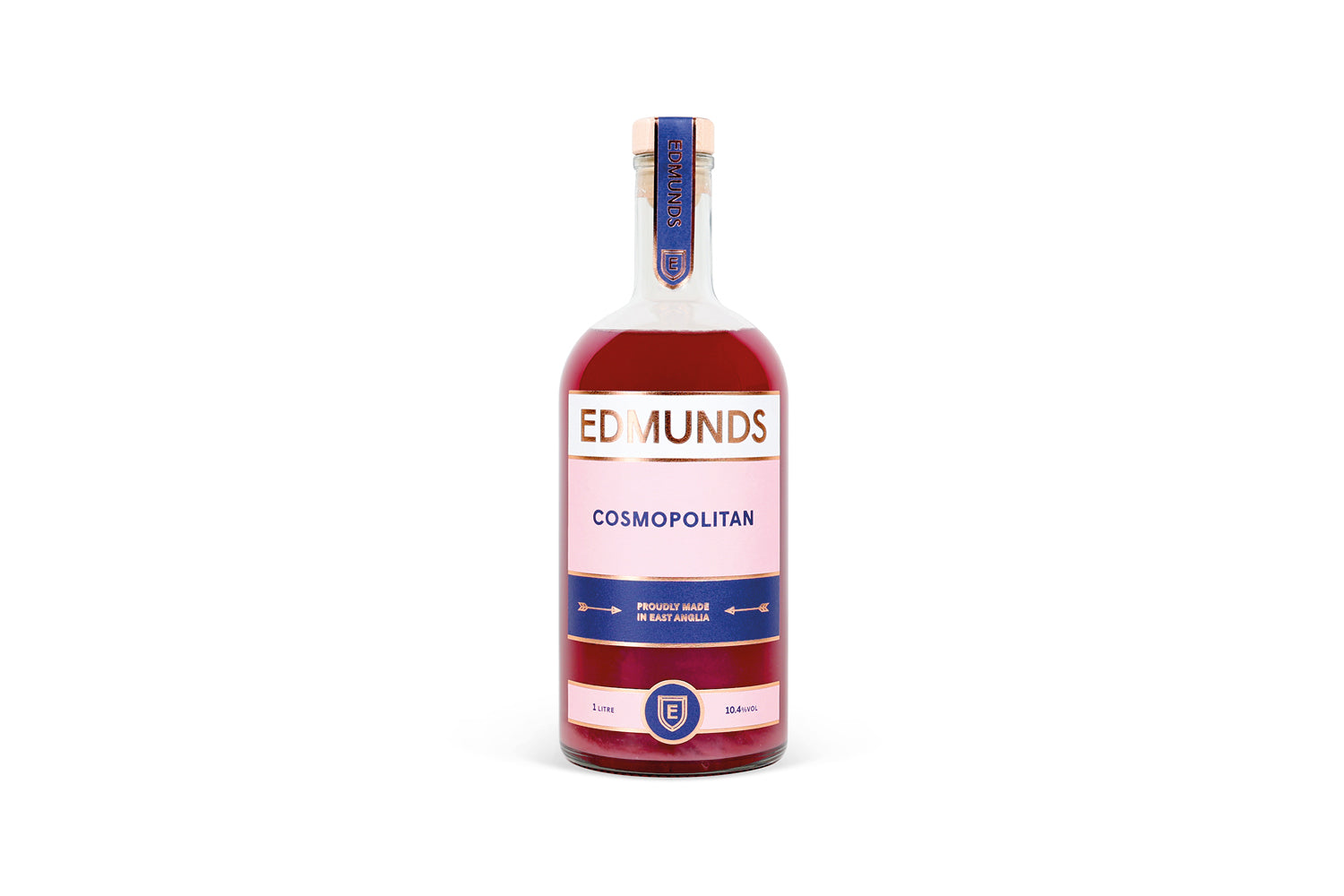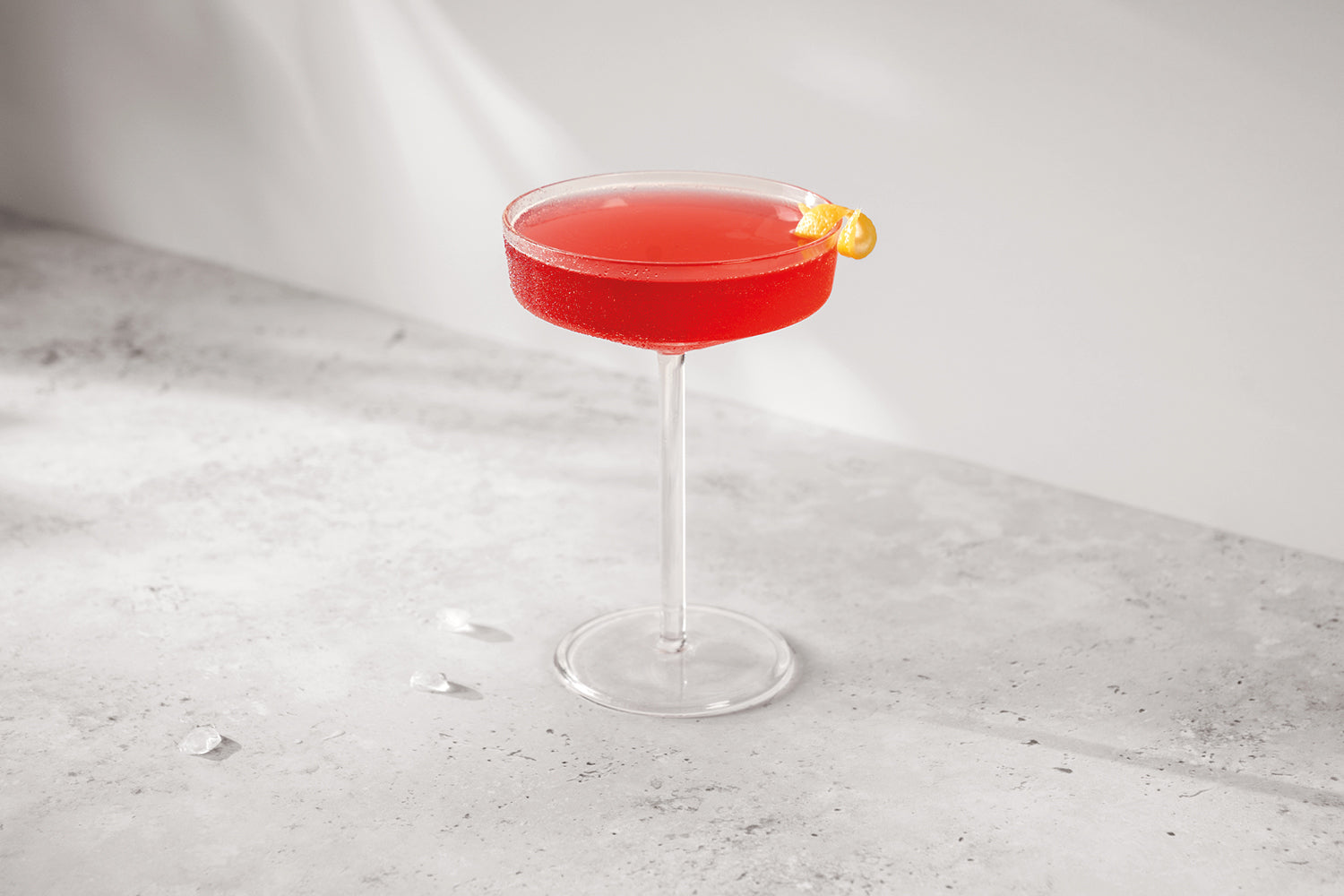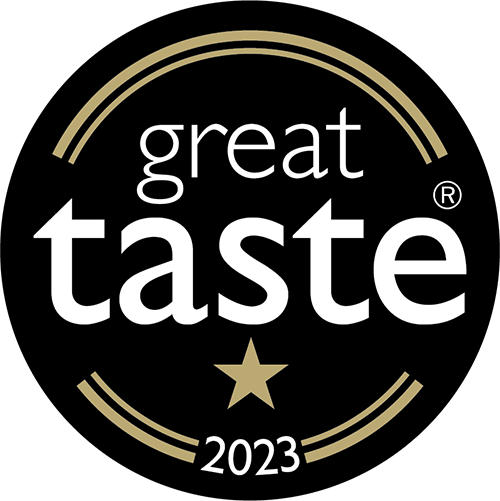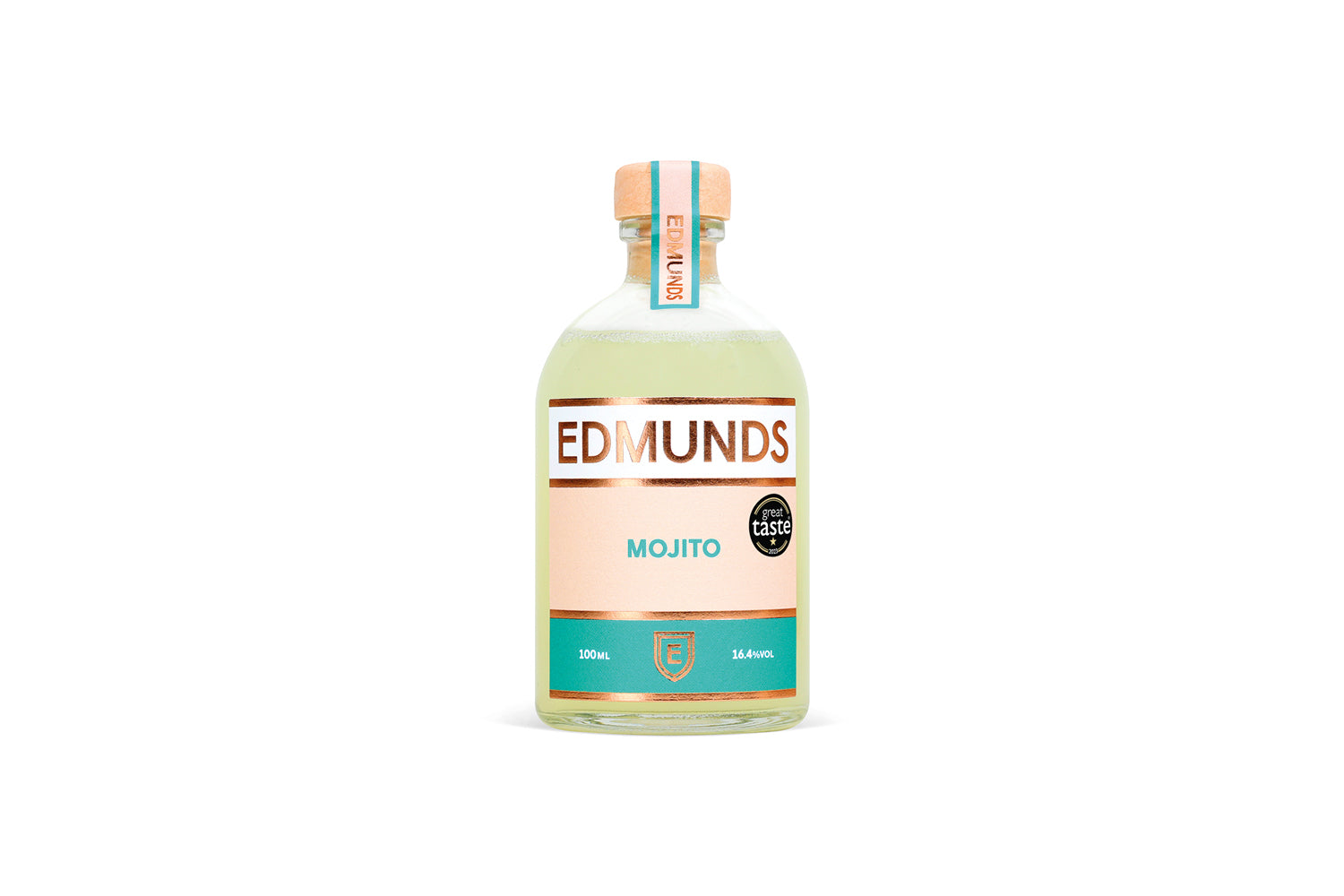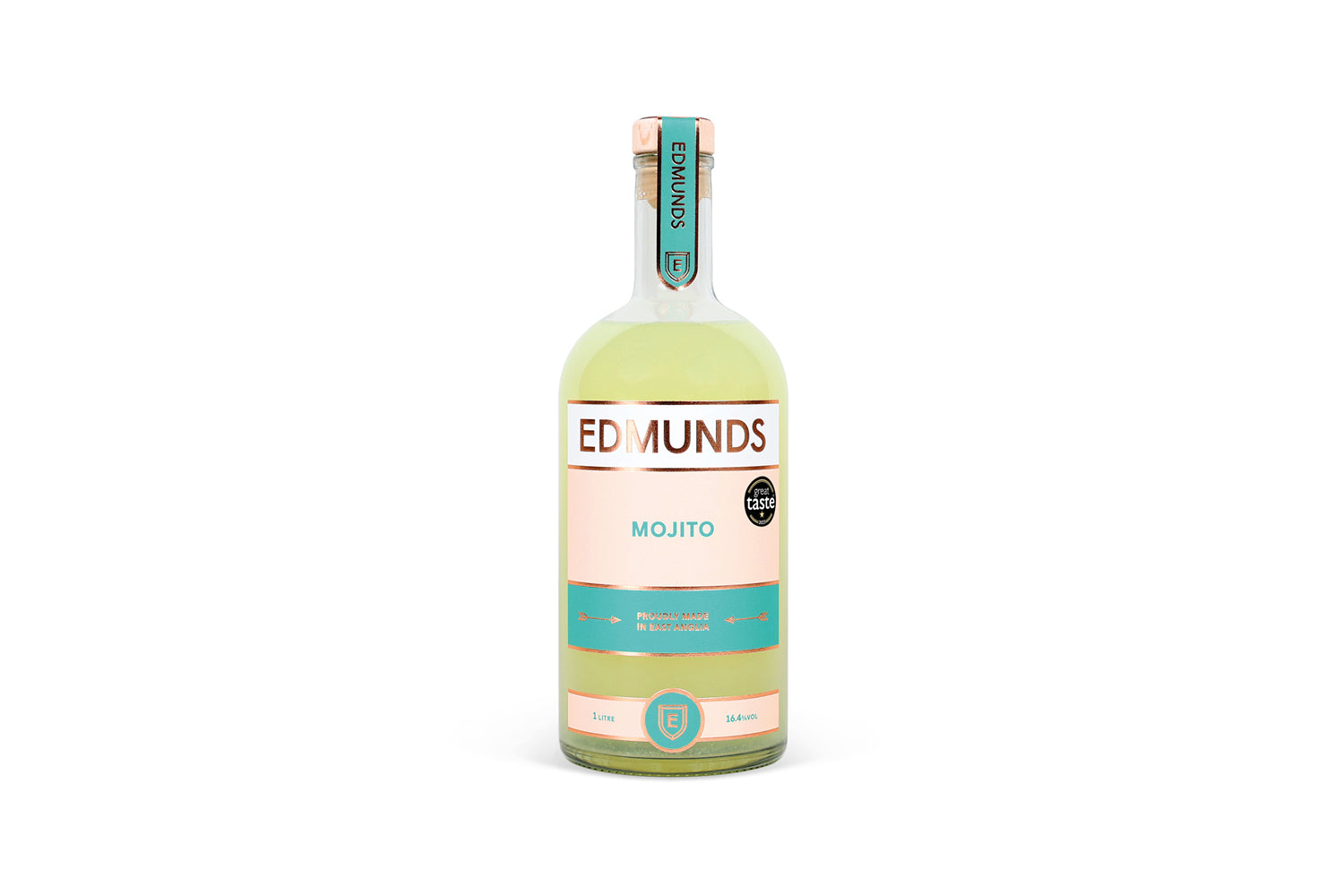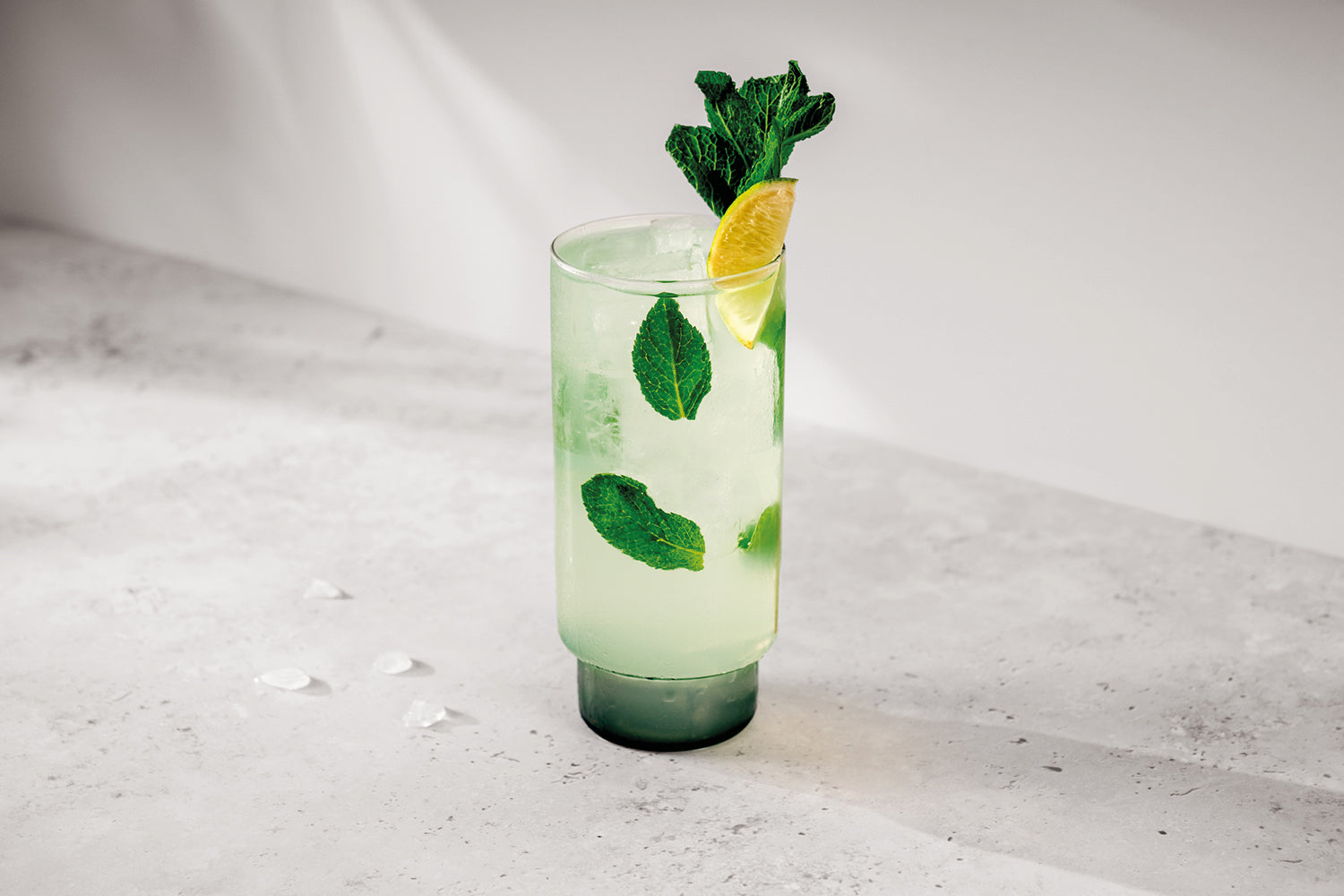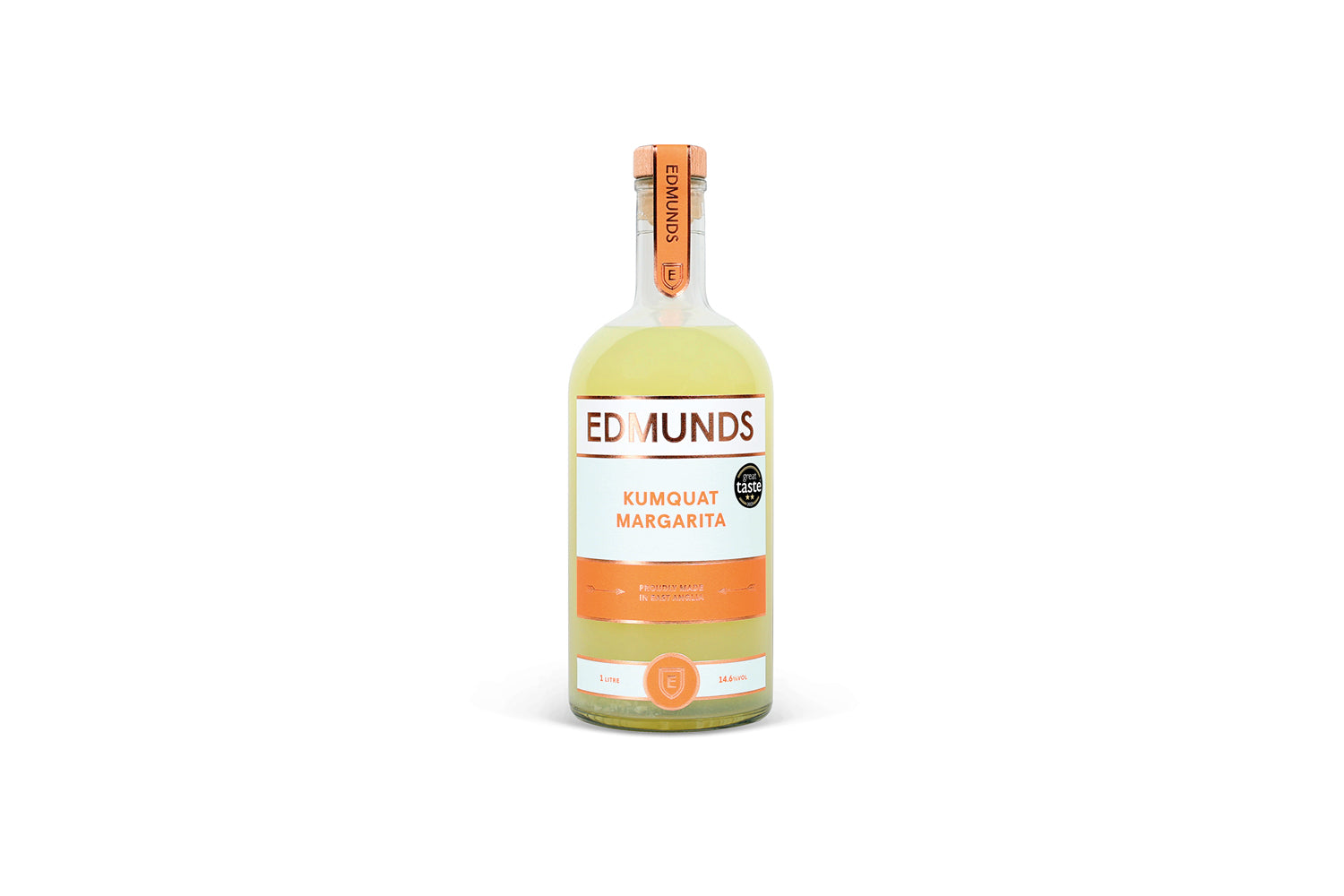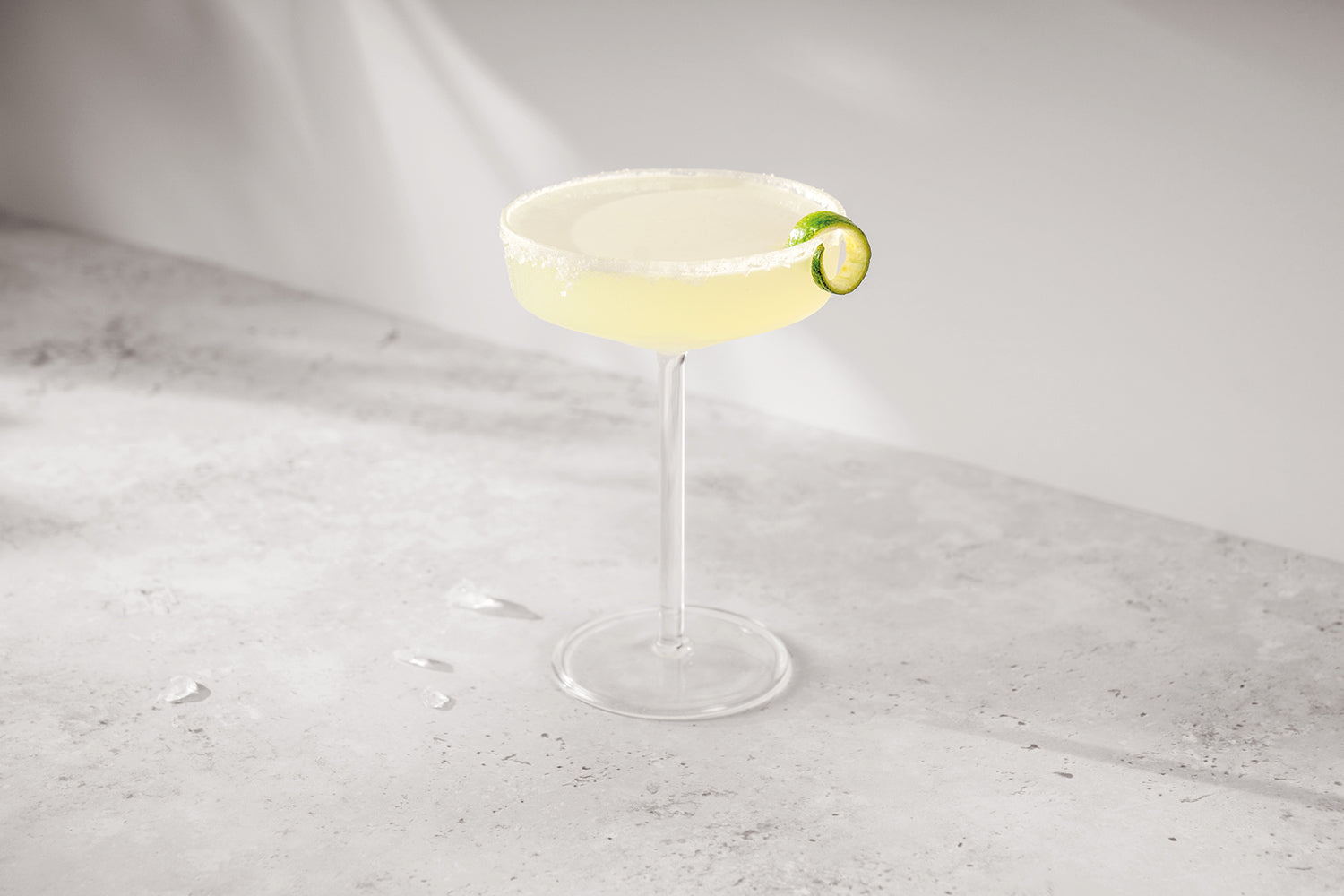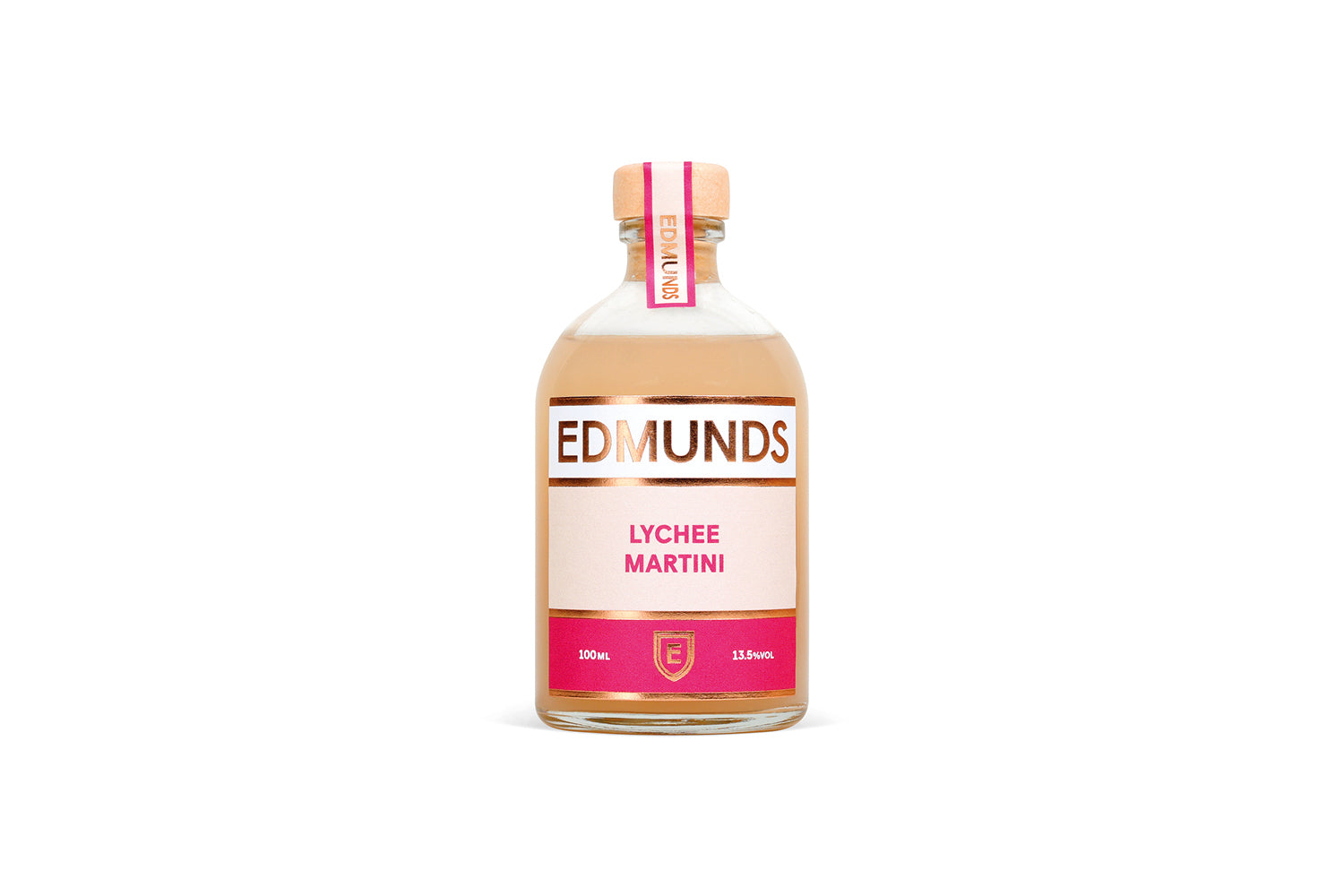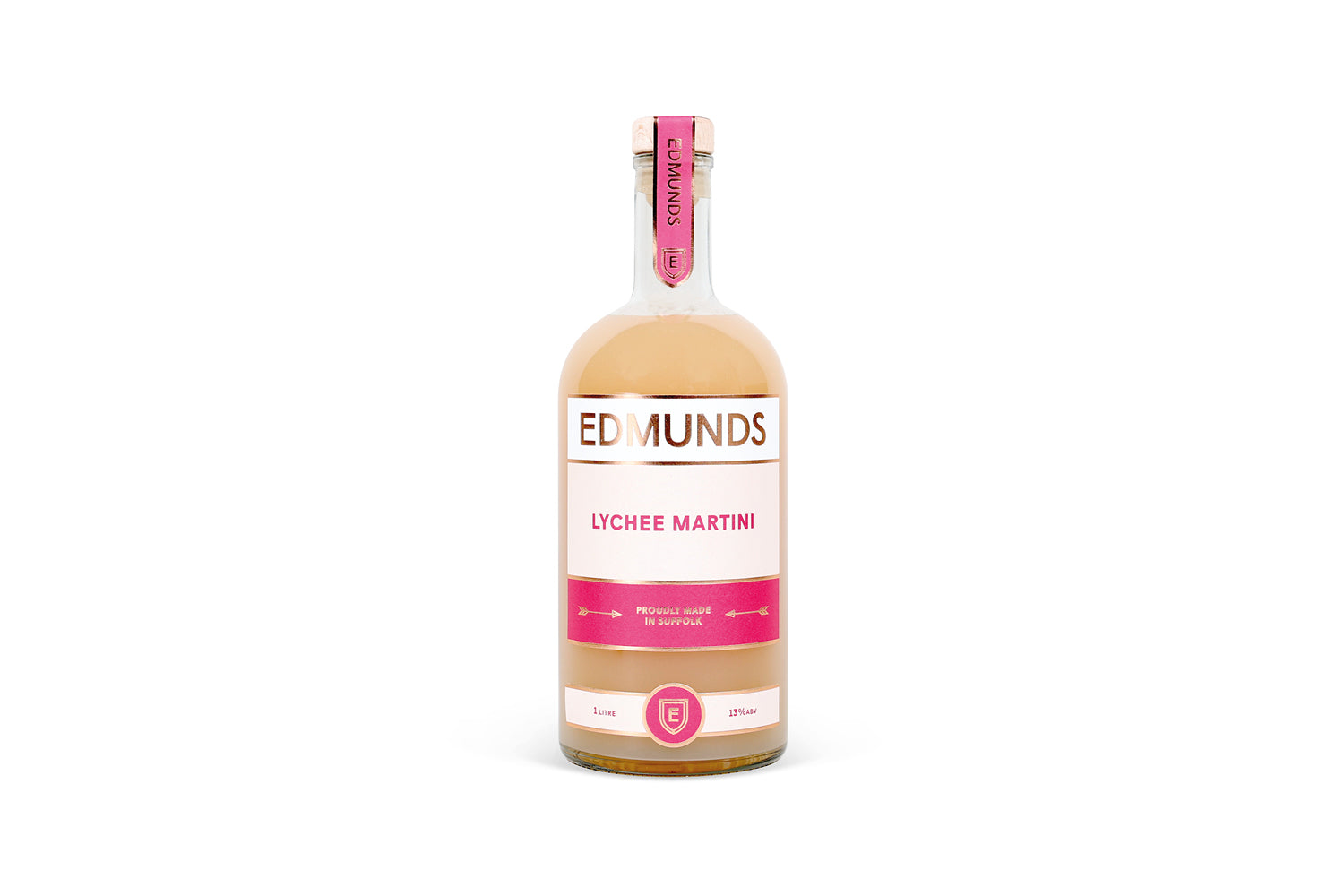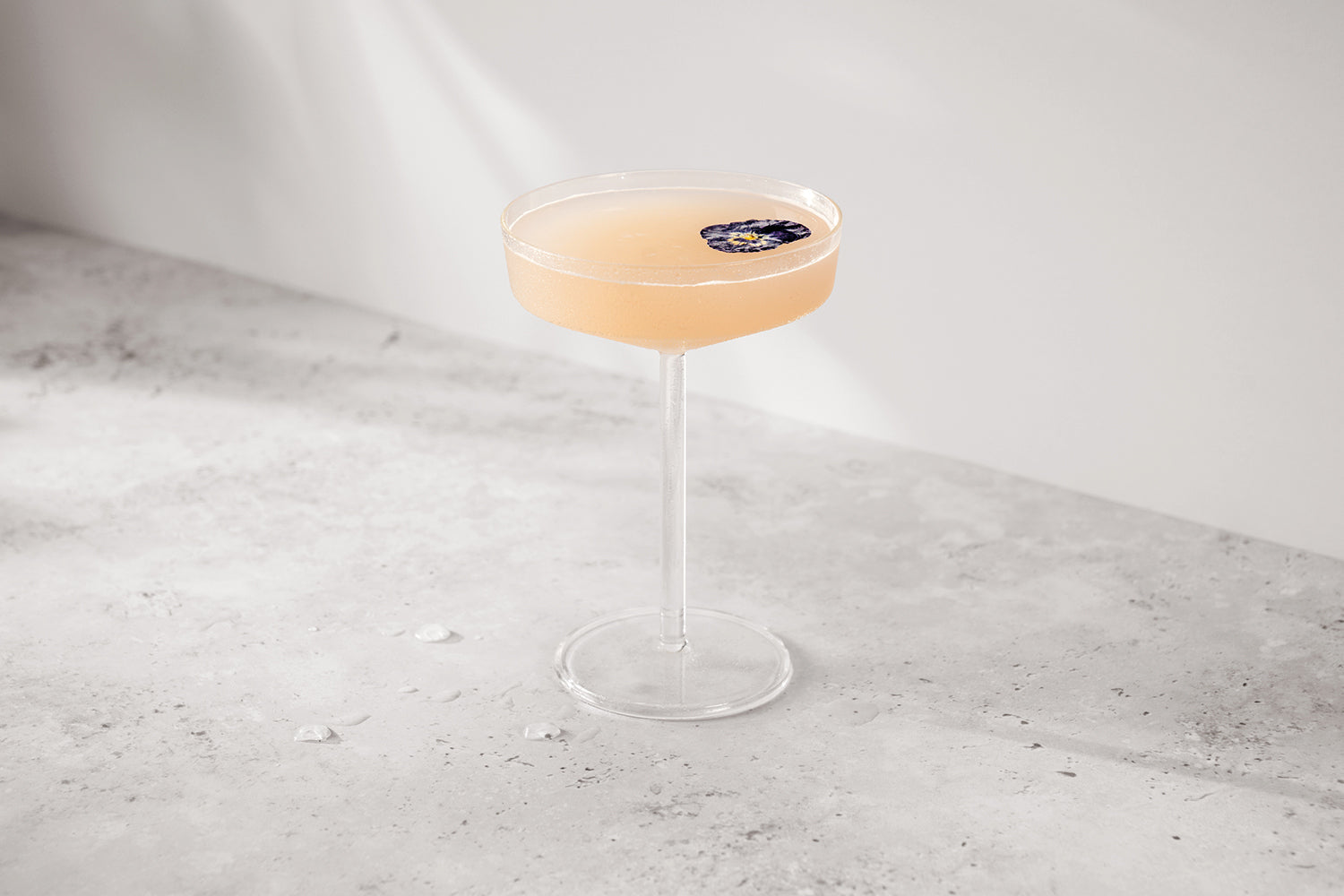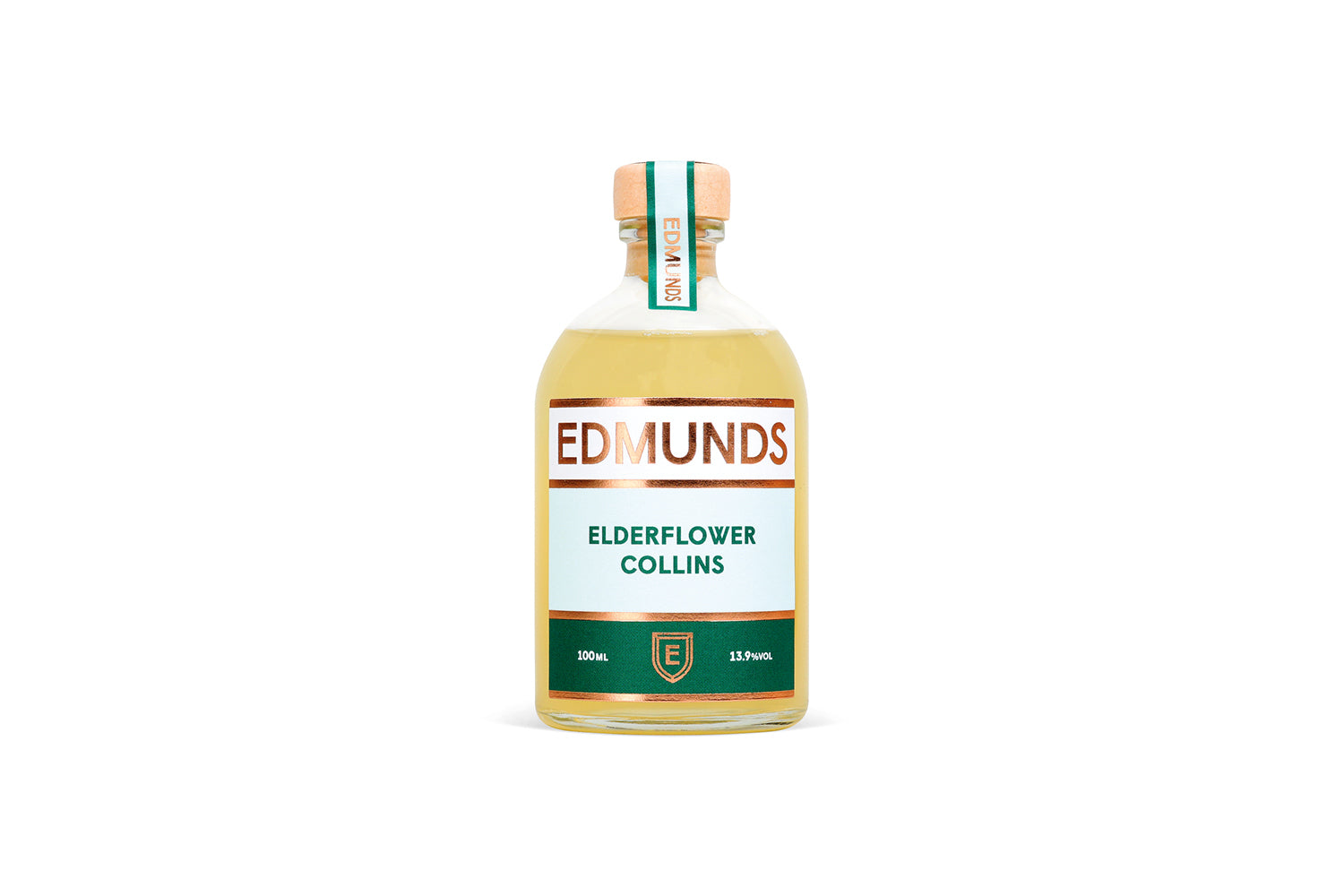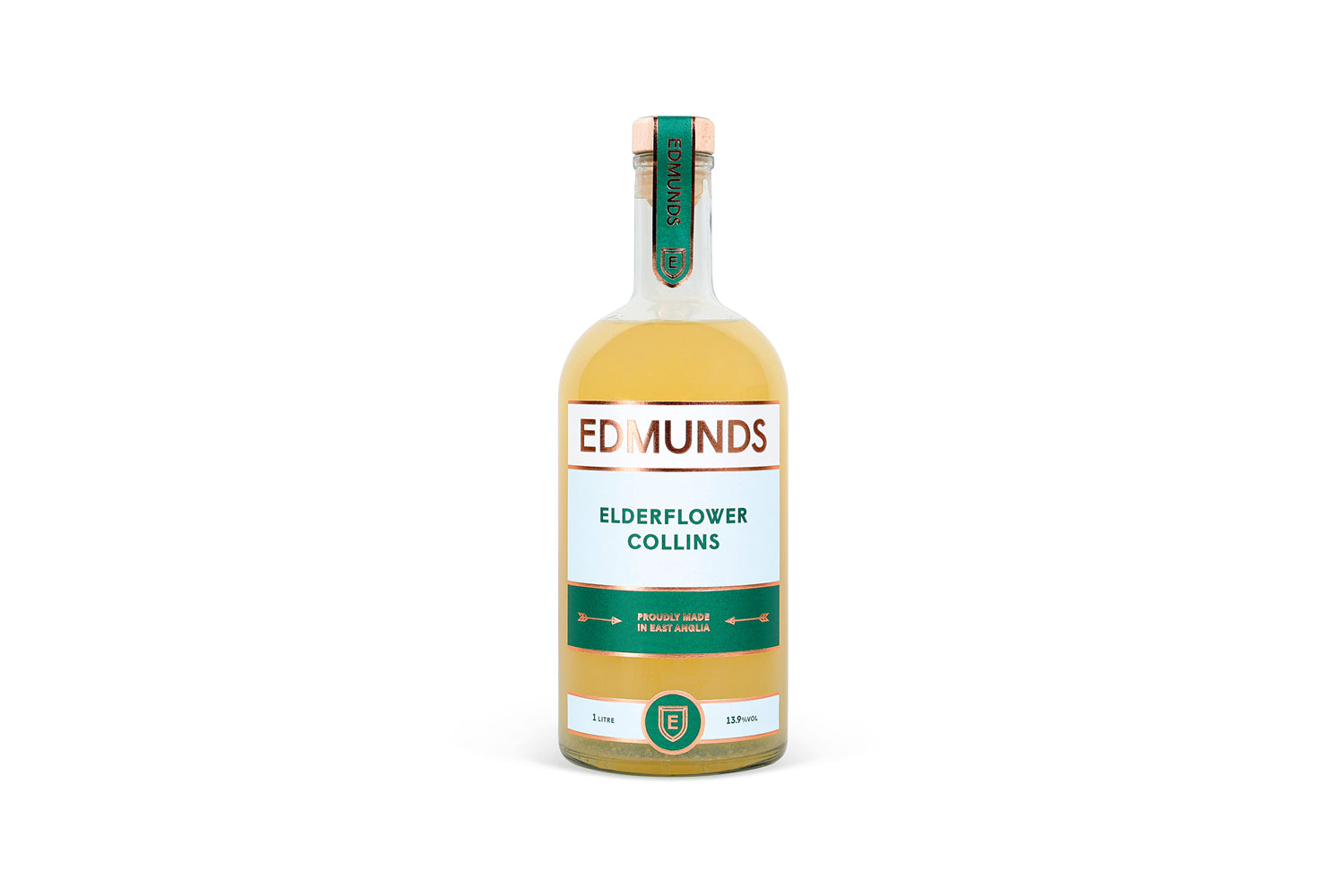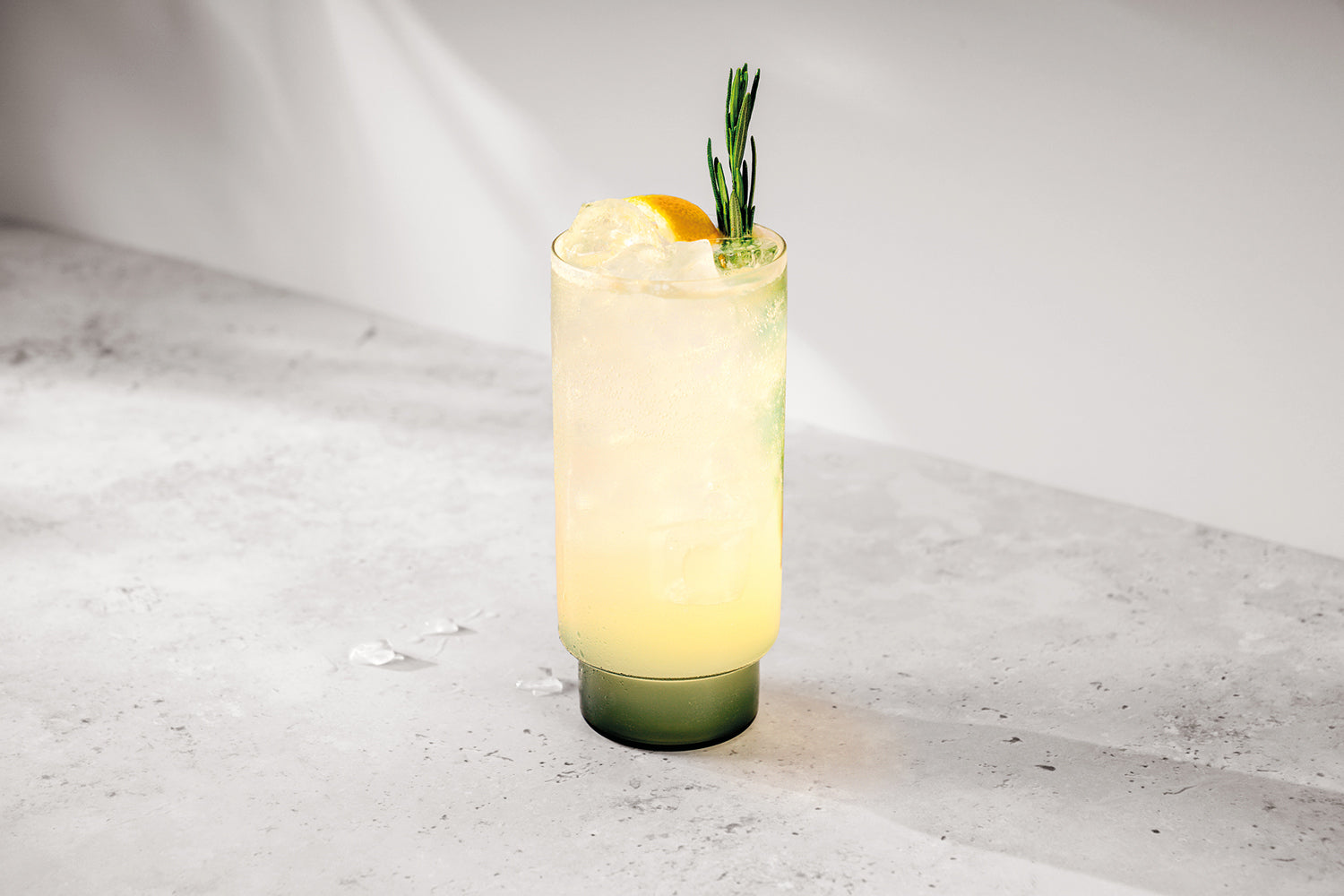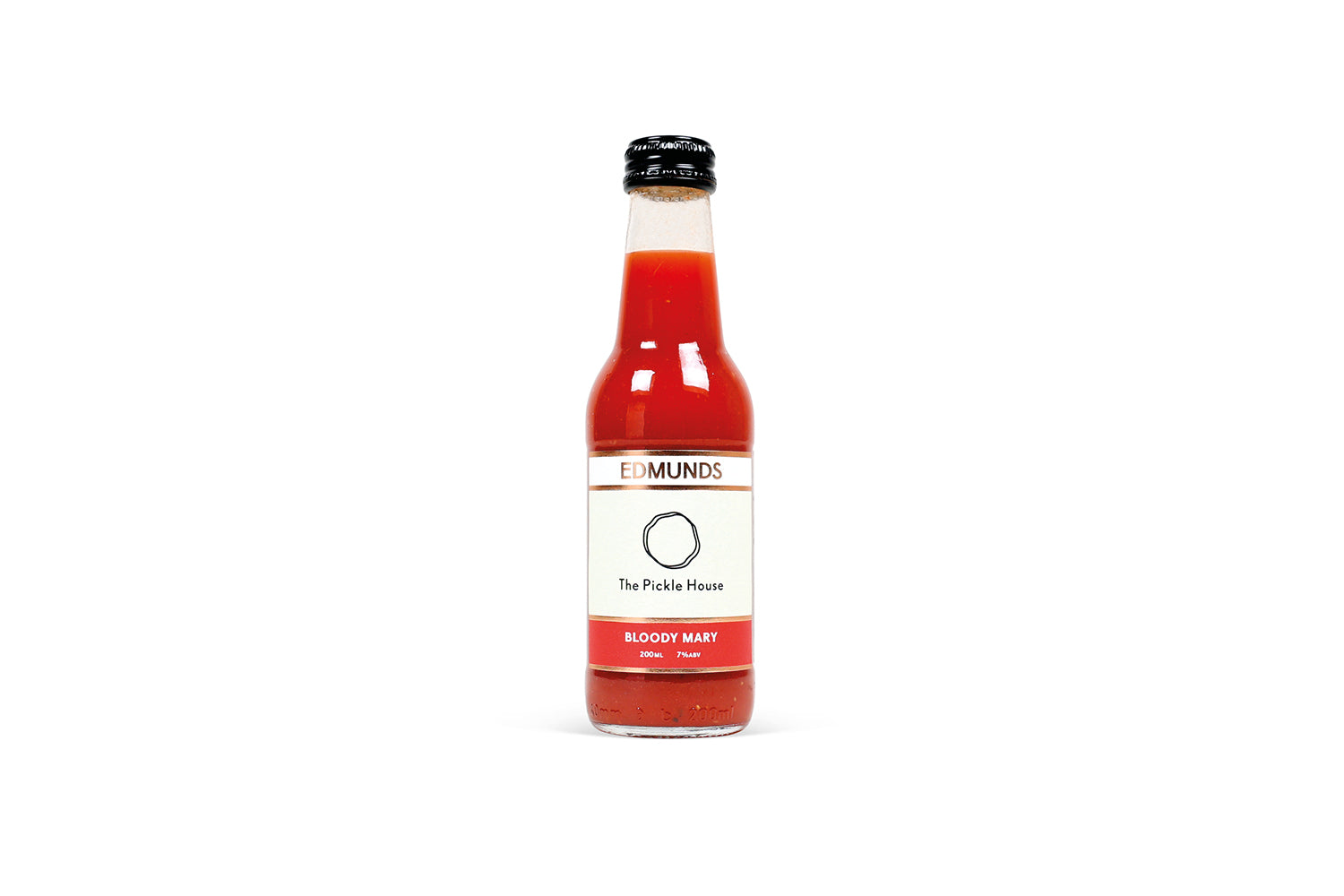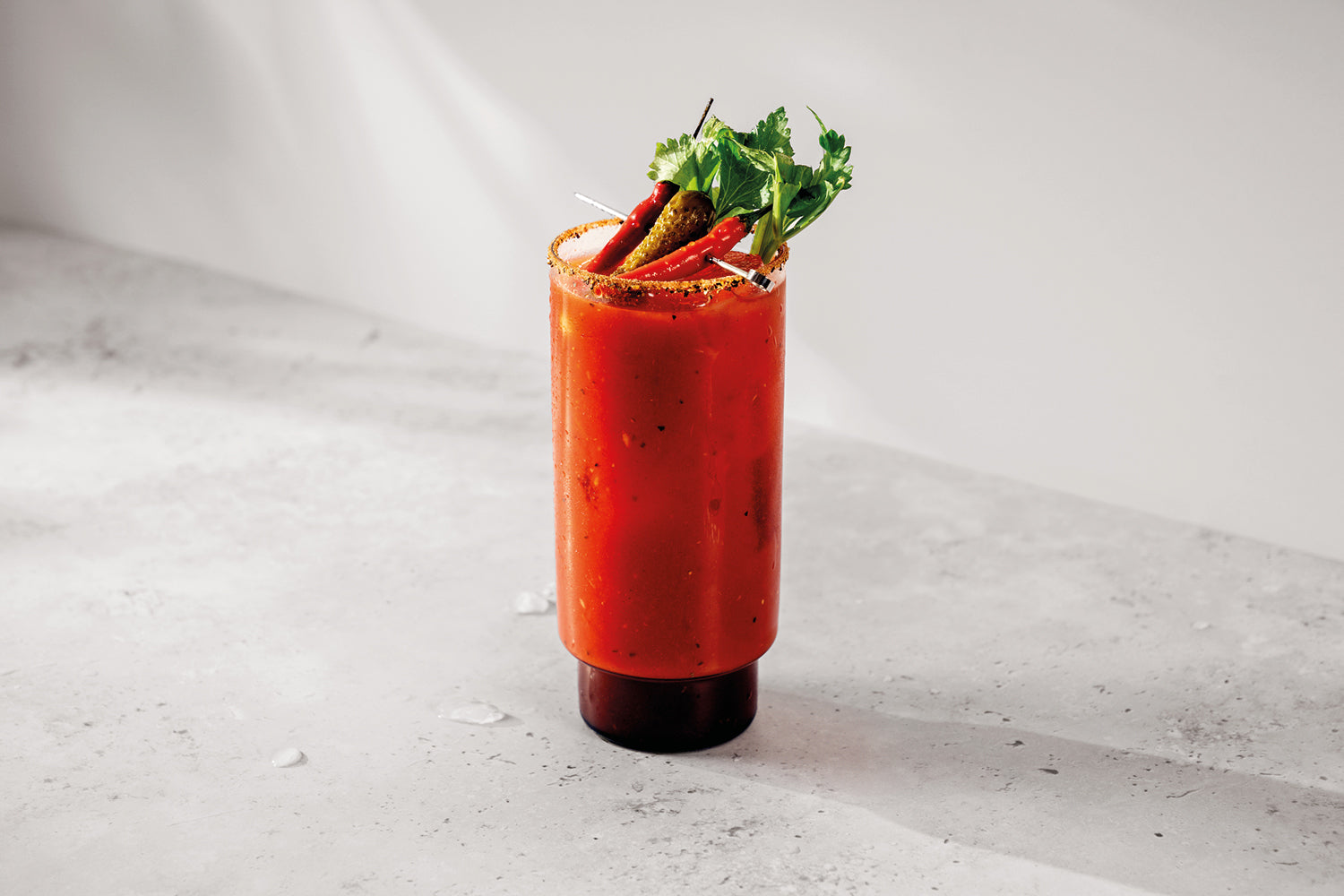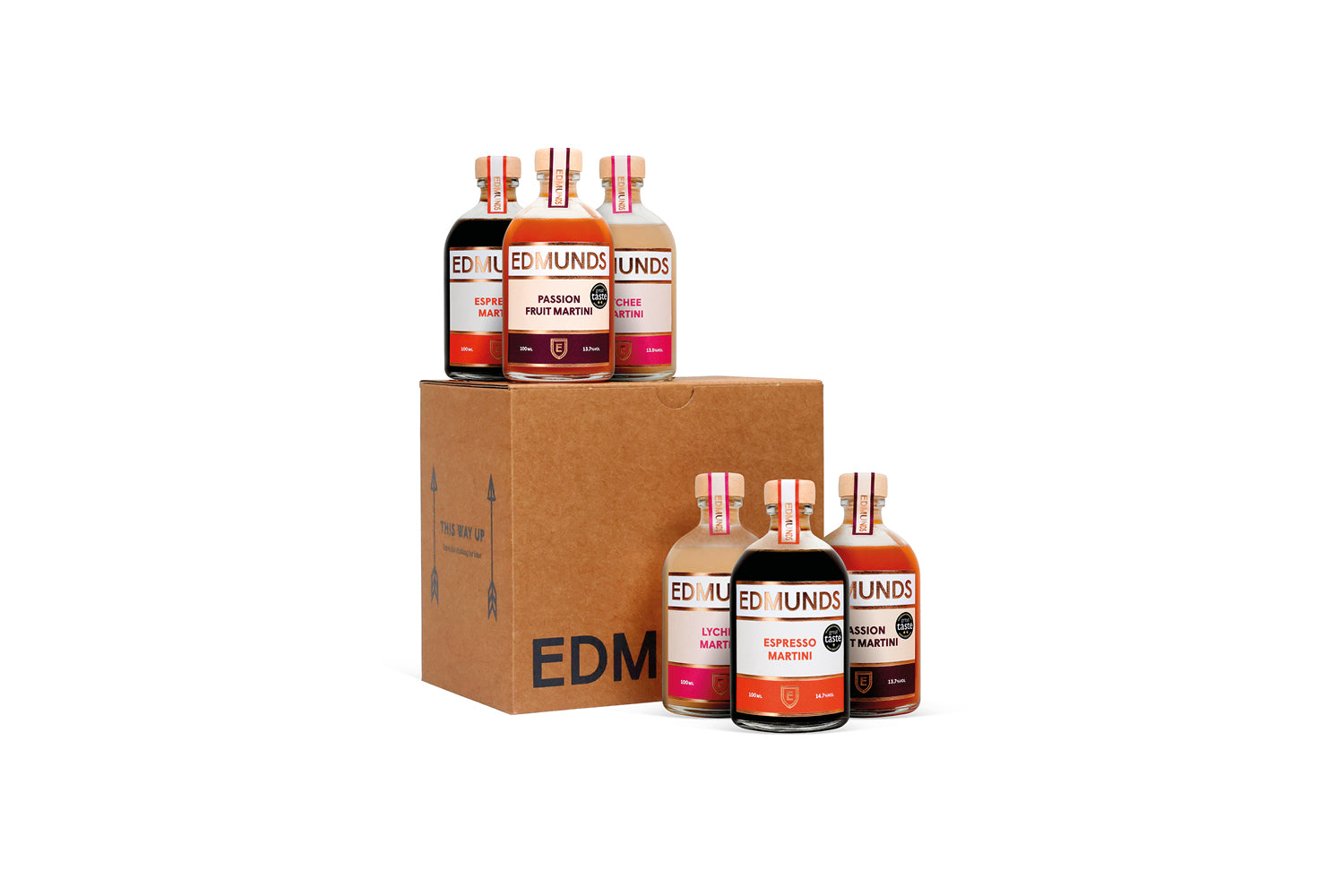In a short but memorable scene from Baz Luhrmann’s musical spectacular, Moulin Rouge, Ewan McGregor’s aspiring writer drinks from an emerald glass of absinthe, sparking a wild hallucinatory sequence featuring Kylie Minogue as the iconic ‘fée verte’ singing a refrain from The Sound of Music over a T-Rex glam rock backing track while dancing across the rooftops of Paris in a bejewelled Tinkerbell costume. It’s quite the cinematic ride.
Absinthe has a unique place in the pantheon of distilled spirits – not so much an aperitif as a cultural watershed. Originally the brainchild of an eighteenth-century Swiss doctor, it became emblematic of the Parisian creative community in the early 1900s, a decadent symbol of the closing years of La Belle Époque. Imbibing this aromatic spirit was to follow in the footsteps of bohemian artists and writers like Vincent van Gogh, Ernest Hemingway and Oscar Wilde, a silent act of rebellion.
Hemingway famously sipped absinthe throughout his residency in Spain in the 1920s and 30s, memorably contributing his own cocktail recipe to a celebrity guide of the time: ‘Pour one jigger absinthe into a champagne glass. Add iced champagne until it attains the proper opalescent milkiness. Drink three to five of these slowly.’
Perhaps surprisingly, absinthe retains its mystique more than a century later. Partly because of the arcane rituals around its preparation – the ‘louching’ process that involves drizzling iced water into a shot of absinthe over a sugar cube balanced on an ornate slotted spoon – and partly because of the alleged hallucinatory properties that saw it banned in many countries for much of the twentieth century. In fact, National Absinthe Day (yes, it is a thing) is celebrated on 5 March because it marks the precise date in 2007 when absinthe went back on sale in the US after being outlawed in 1912.
Absinthe’s colourful history, while wonderfully entertaining, is built on a myth. Although it’s true that absinthe incorporates extracts from the aromatic herb wormwood (artemisia), alongside anise and fennel, it contains only trace amounts of the potent chemical compound – thujone – believed to cause psychoactive symptoms. And, despite apocryphal tales of absinthe-fuelled debauchery and madness, it’s more likely that the drink’s historically high ABV (55-75%) is responsible for the dangerously taboo reputation that persists today.
Absinthe is still a niche drink in the UK. Contrary to popular opinion, absinthe was never actually banned in Britain – there’s was simply little appetite for it outside high-society circles and supply pretty much dried up in the wake of WWI. Today, there’s a handful of specialist bars in London if you fancy a night on the town with the green fairy, while in continental cities like Paris, Prague and Barcelona, it’s practically a rite of passage.

If you enjoy drinks with an aromatic hit but are put off by absinthe’s intense aniseed flavour profile, you might find a vermouth-based cocktail more to your taste (vermouth is German for wormwood). A Negroni is a classic choice – much less potent than absinthe and, in our opinion, better suited to the contemporary palate.
Uniting gin, vermouth and Campari, this Italian favourite is bitter, sweet, dry and refreshing at the same time – the perfect accompaniment for charcuterie and salty cheese with friends (green fairies not included).
